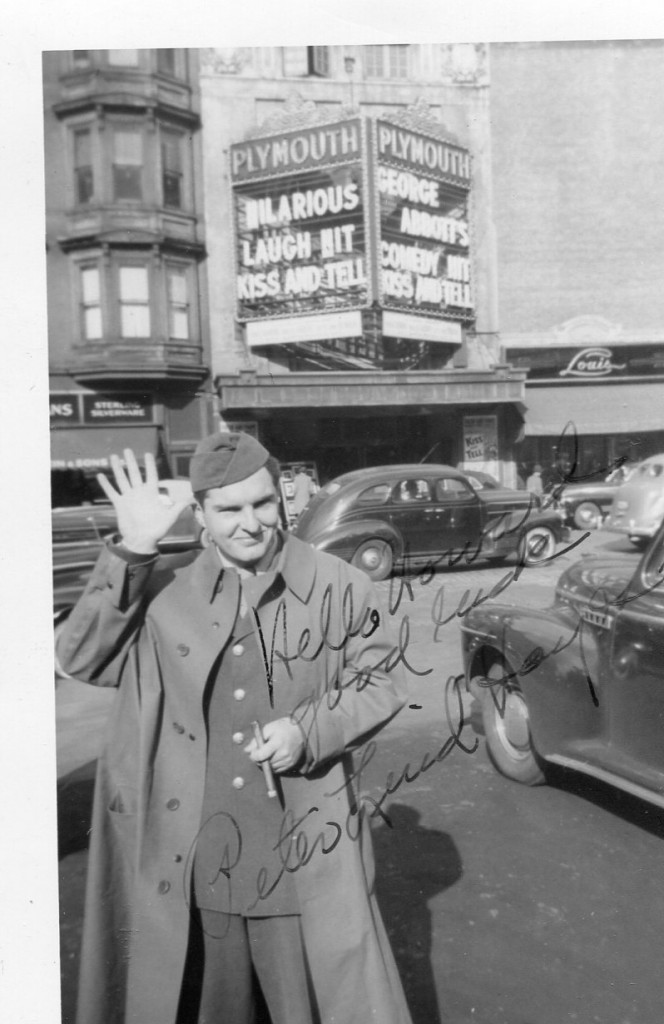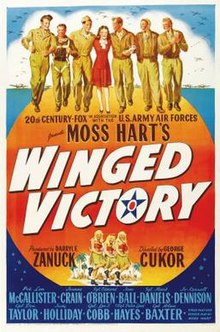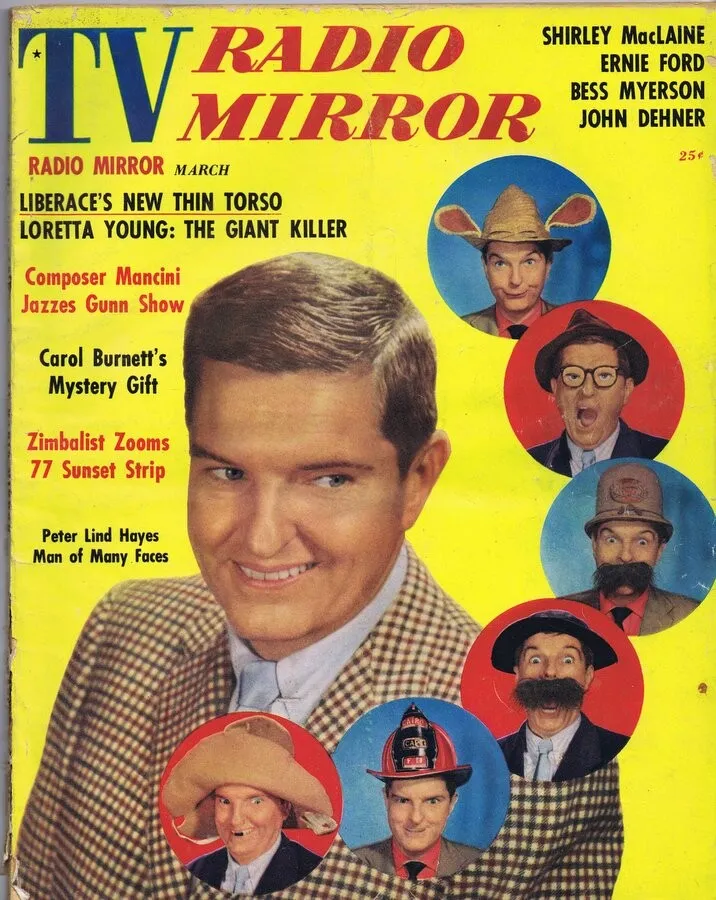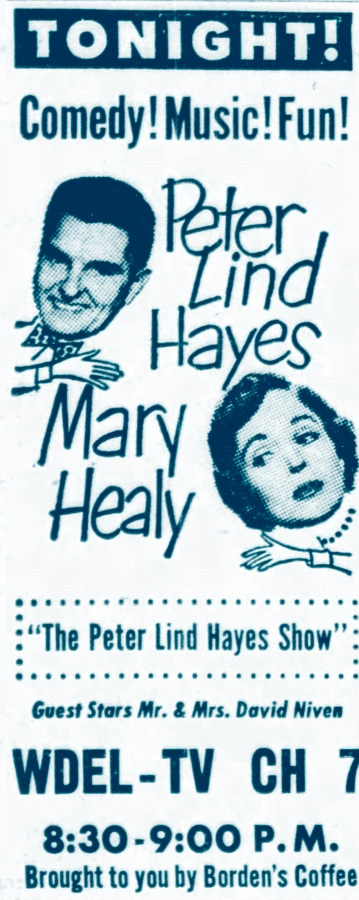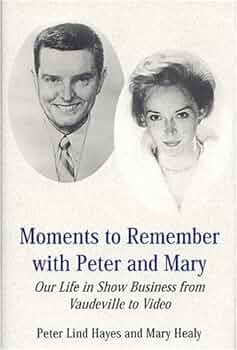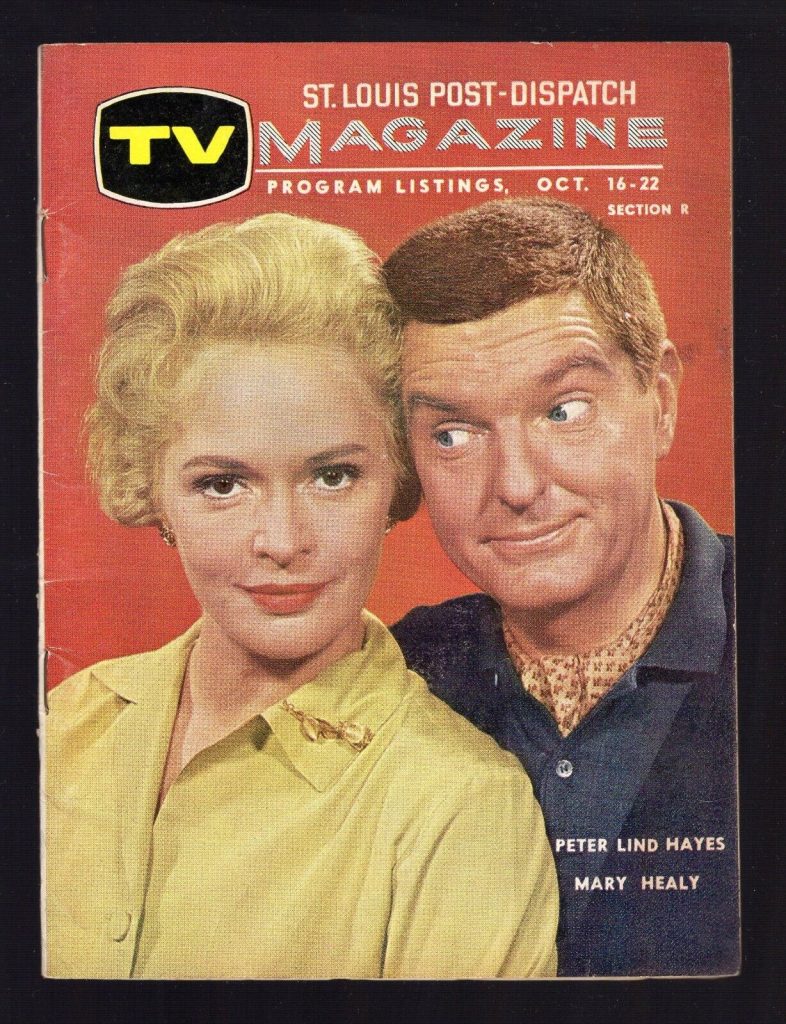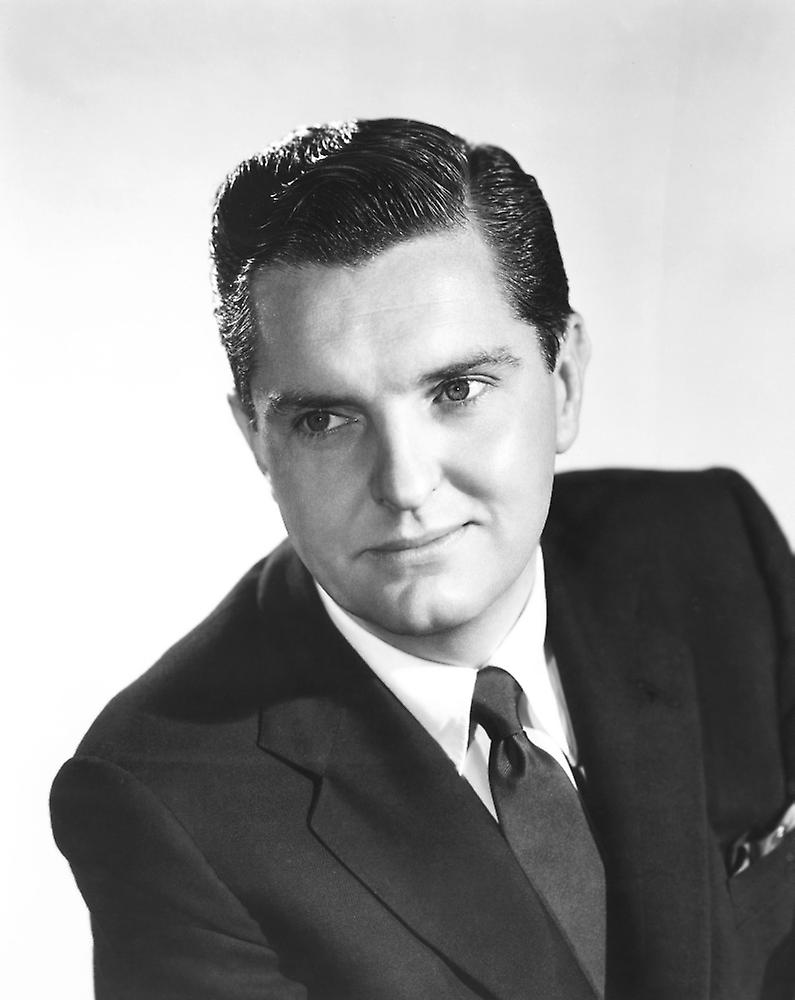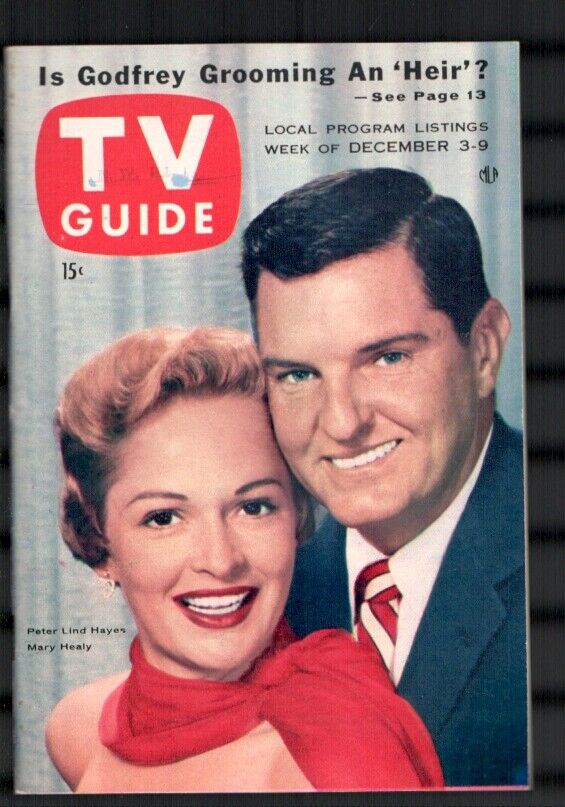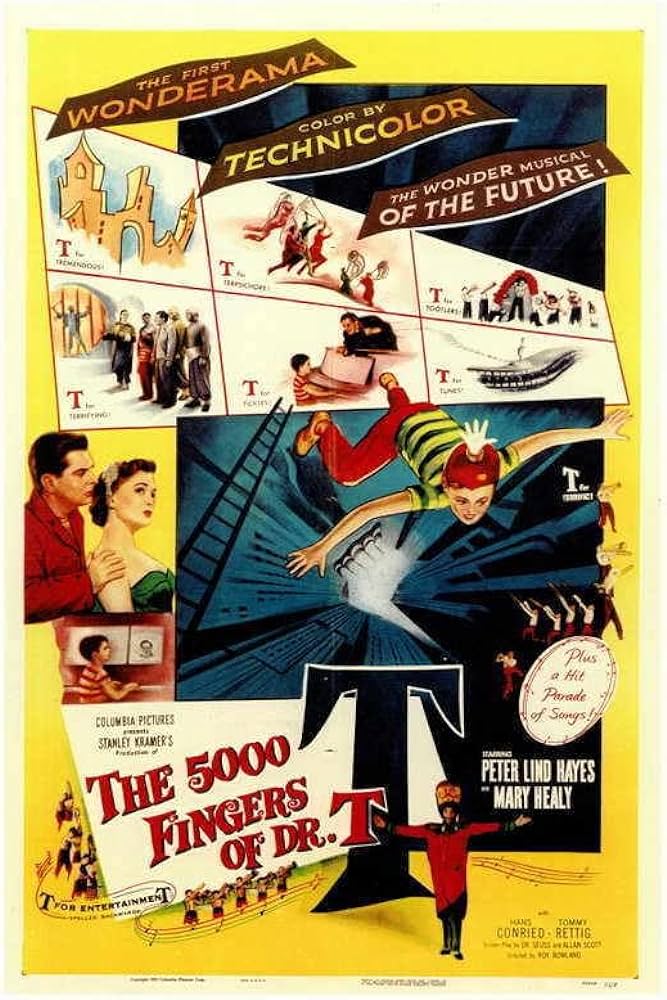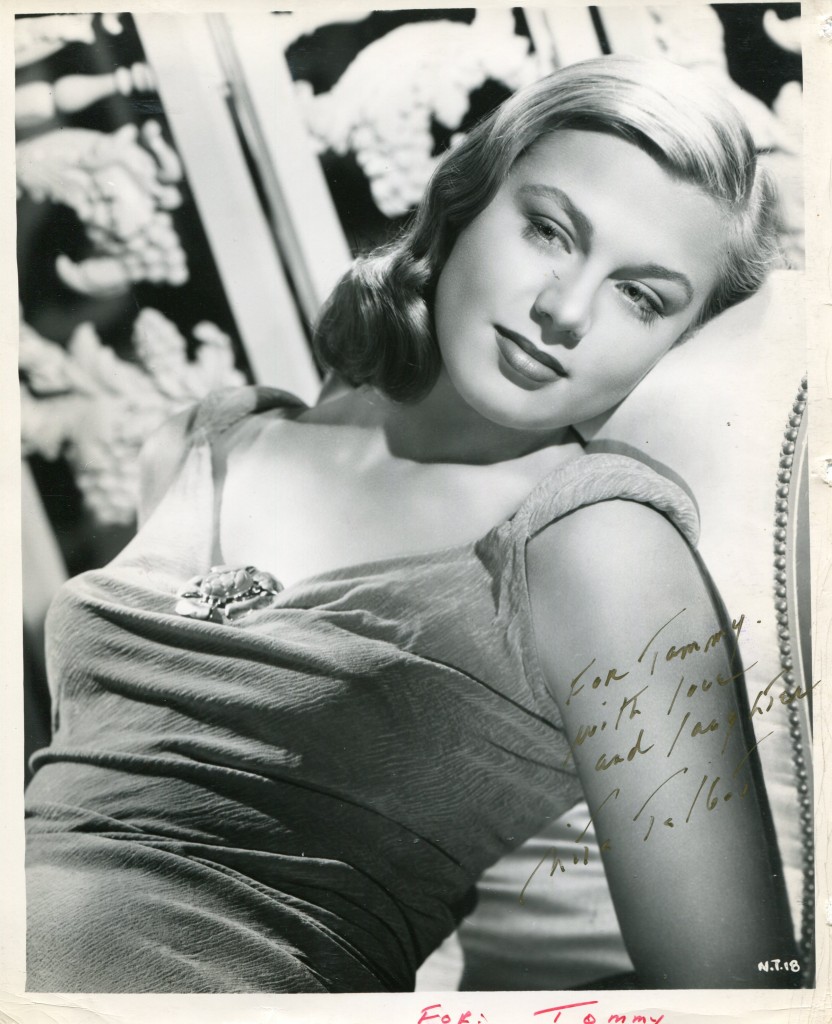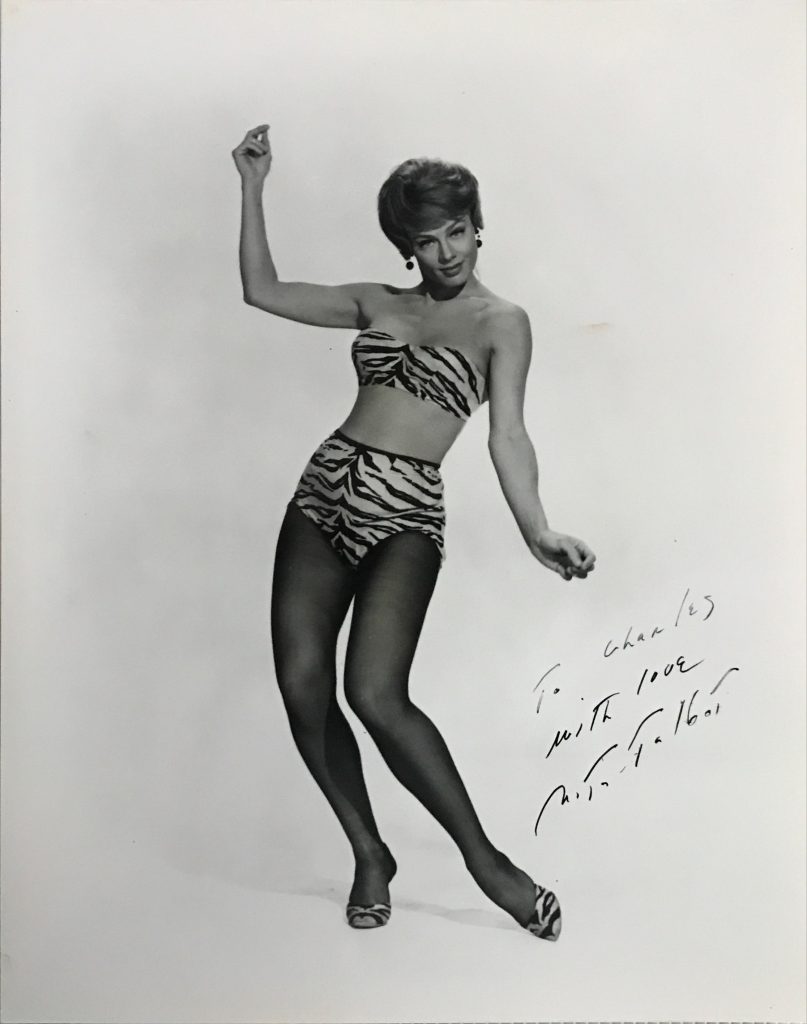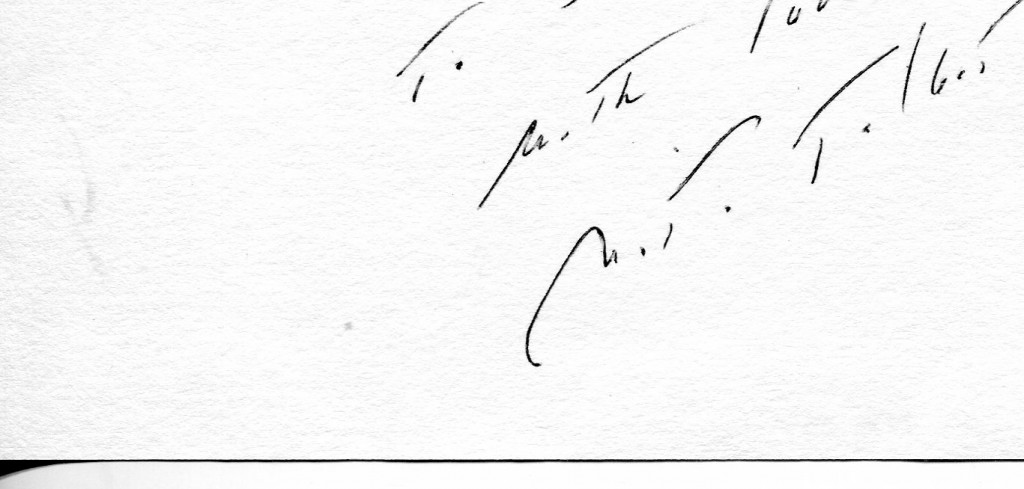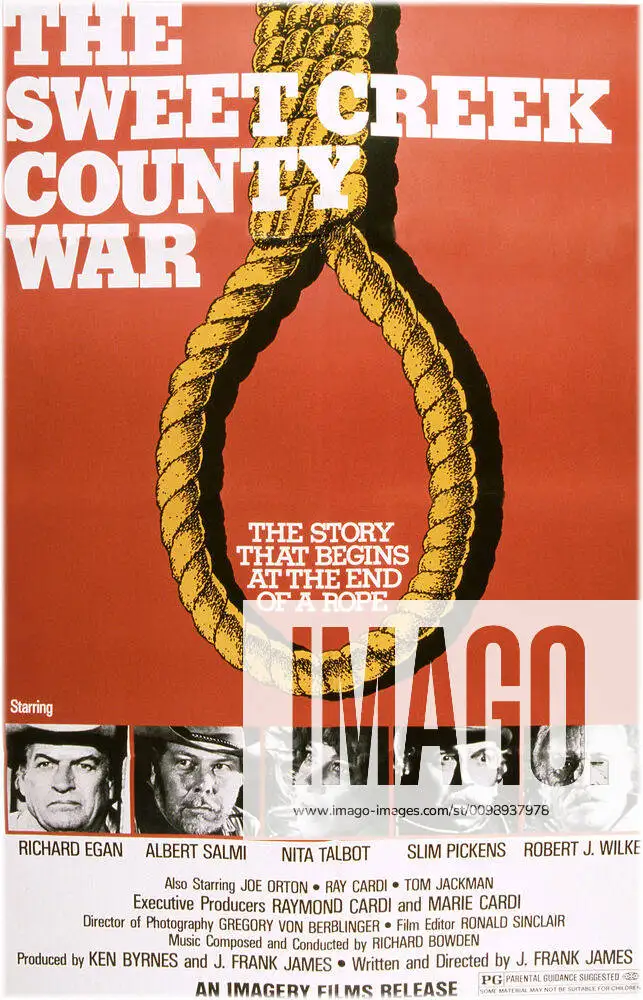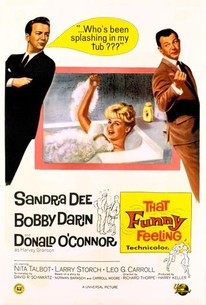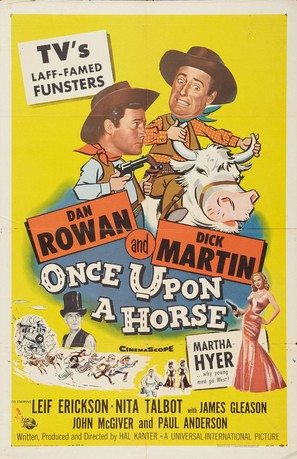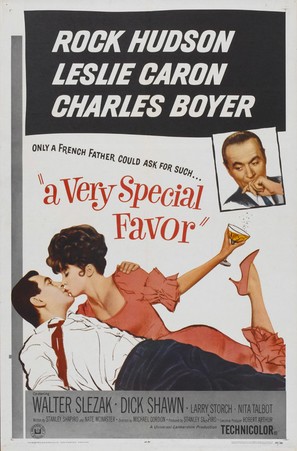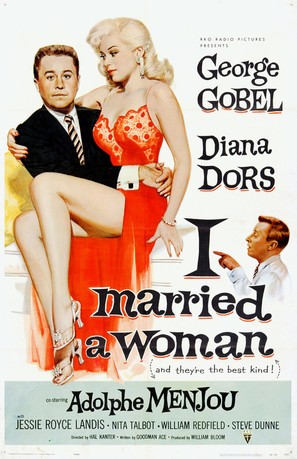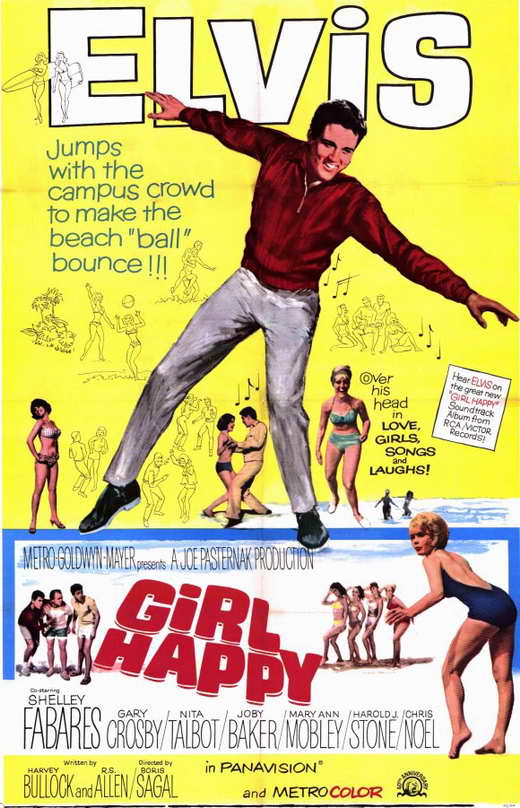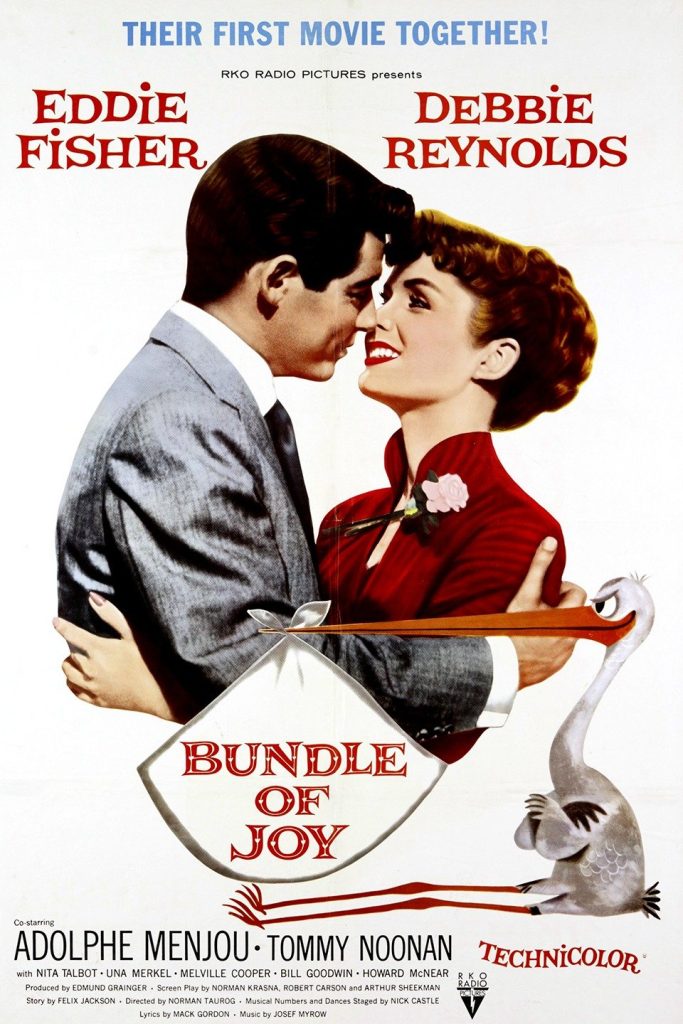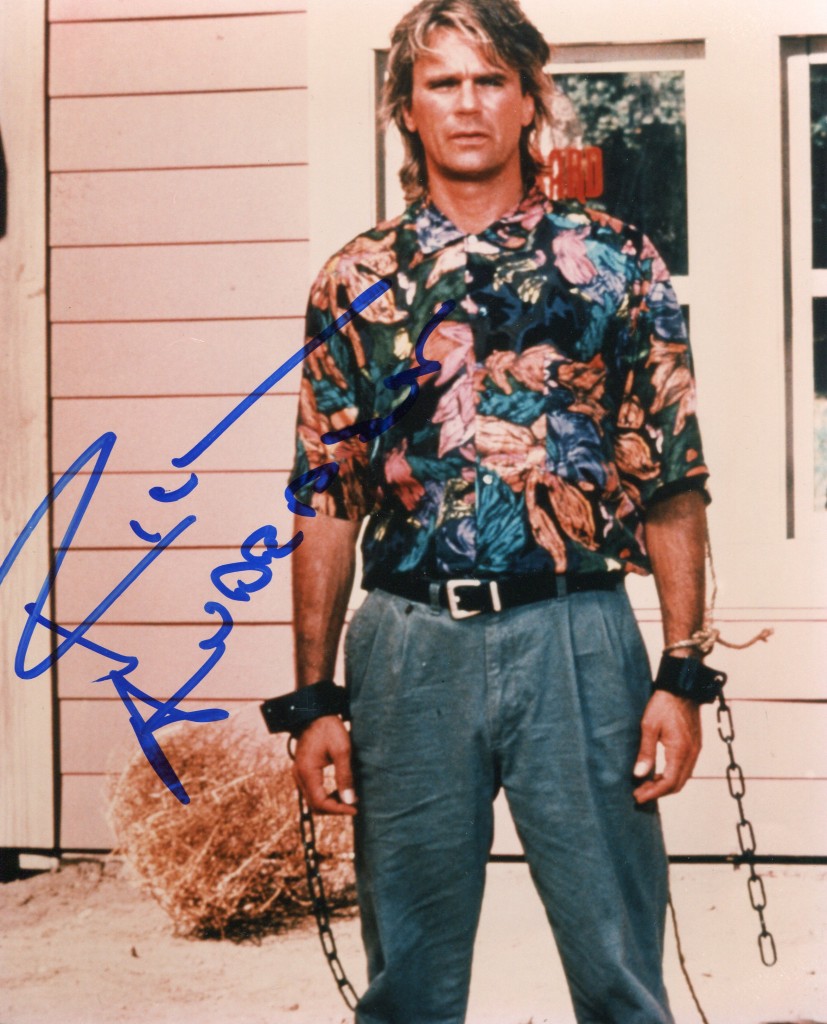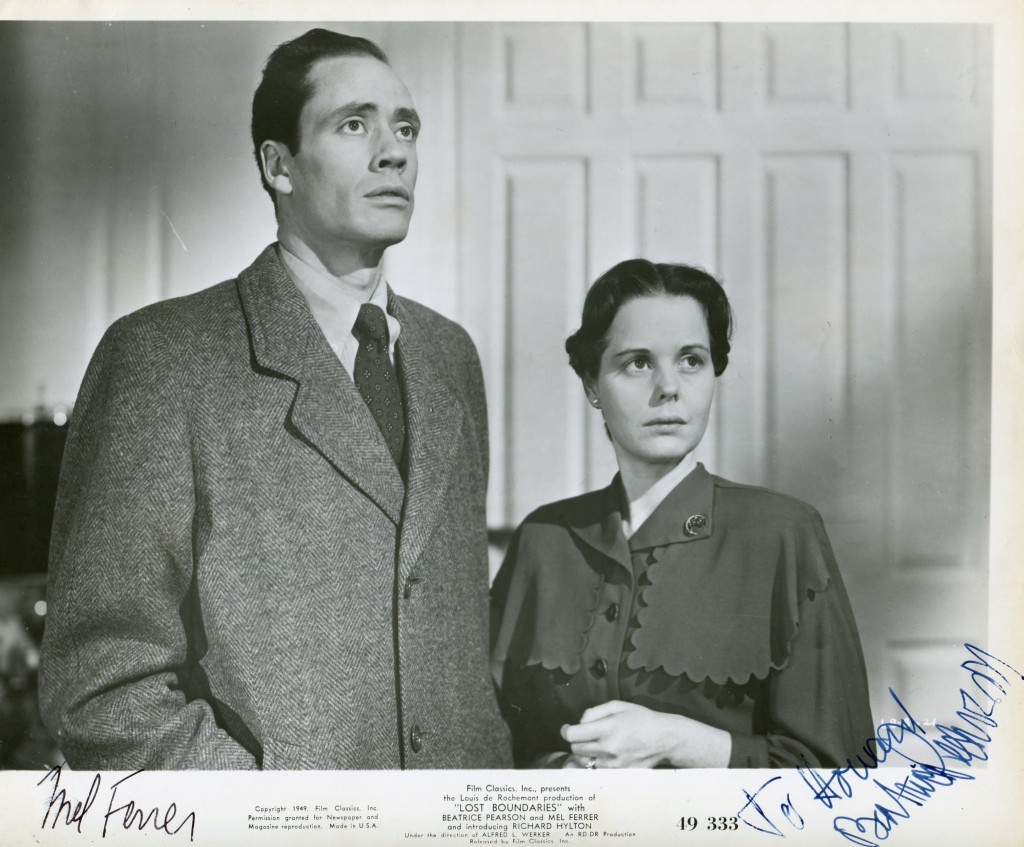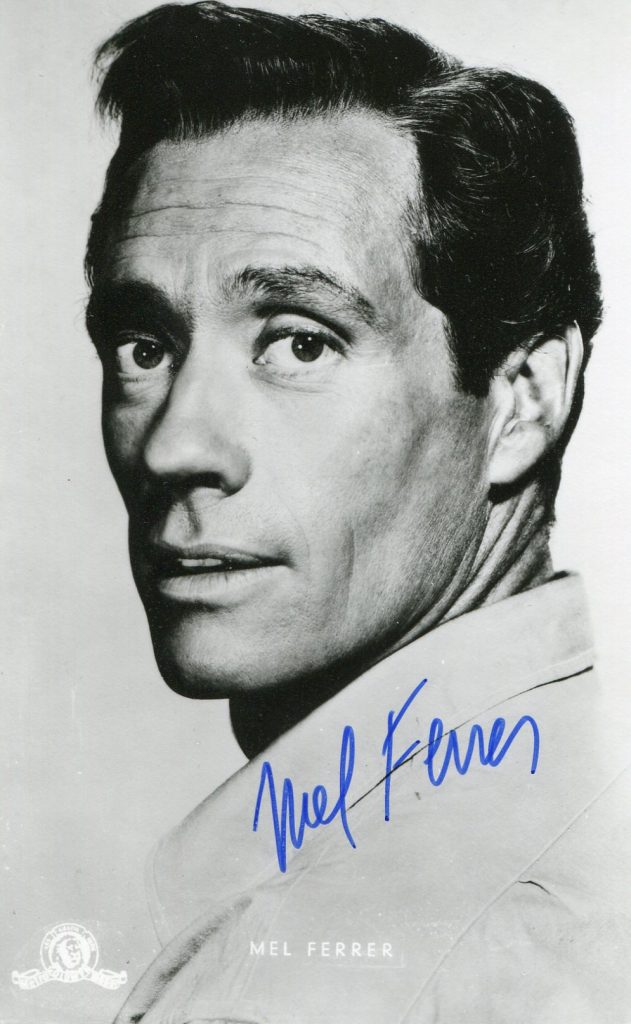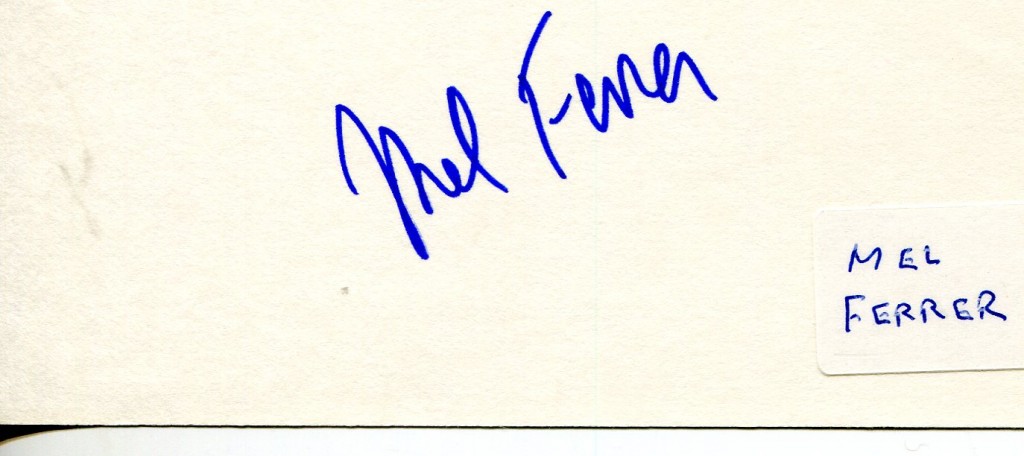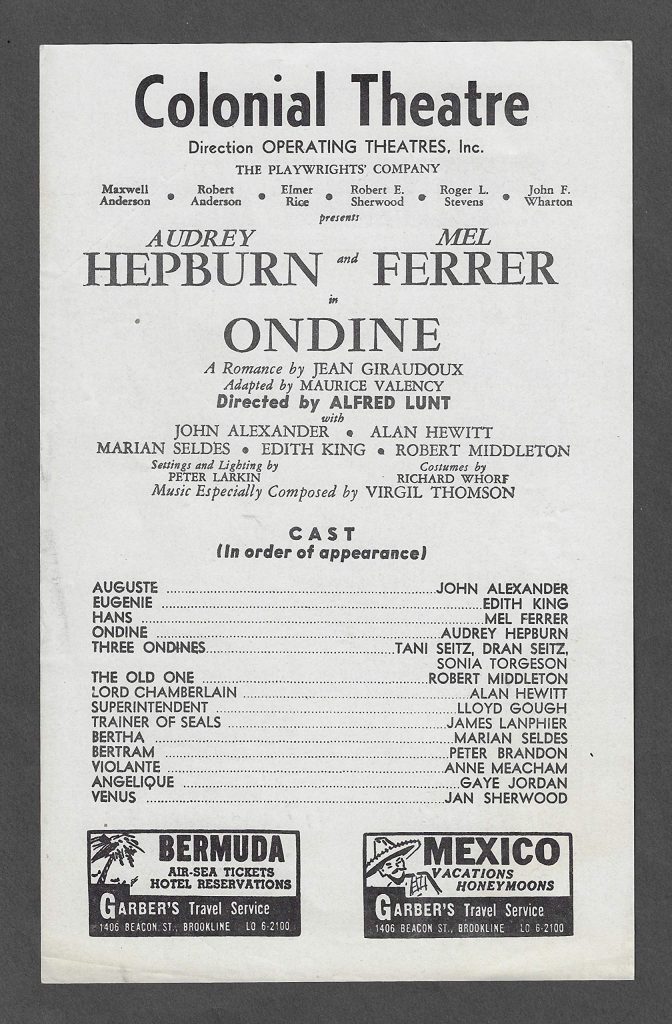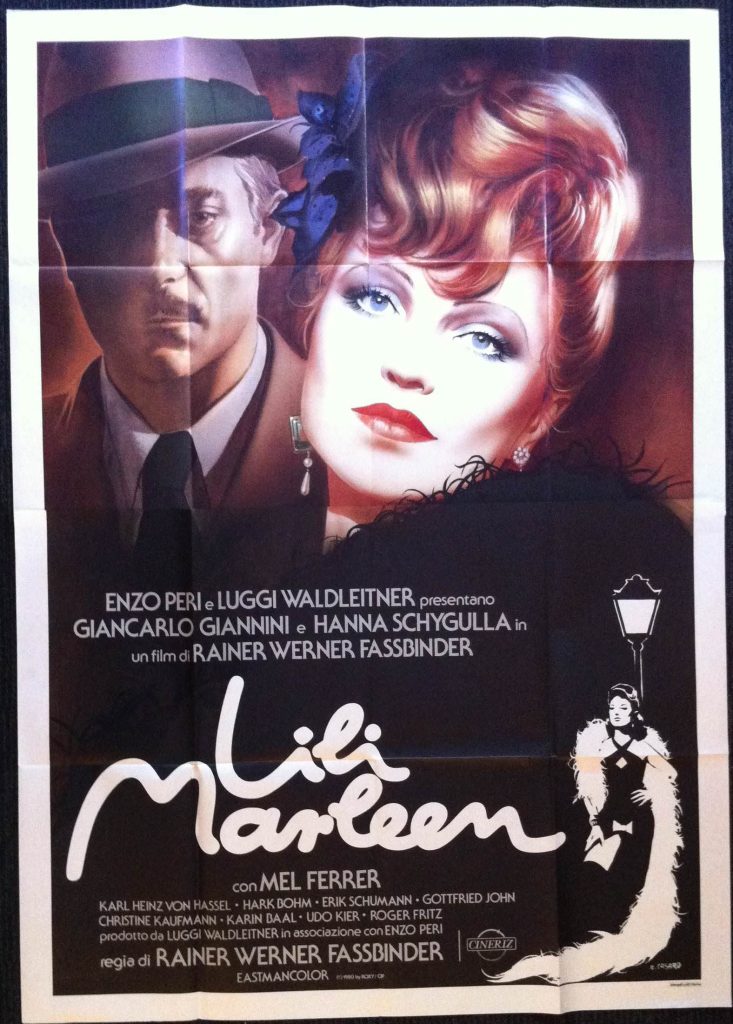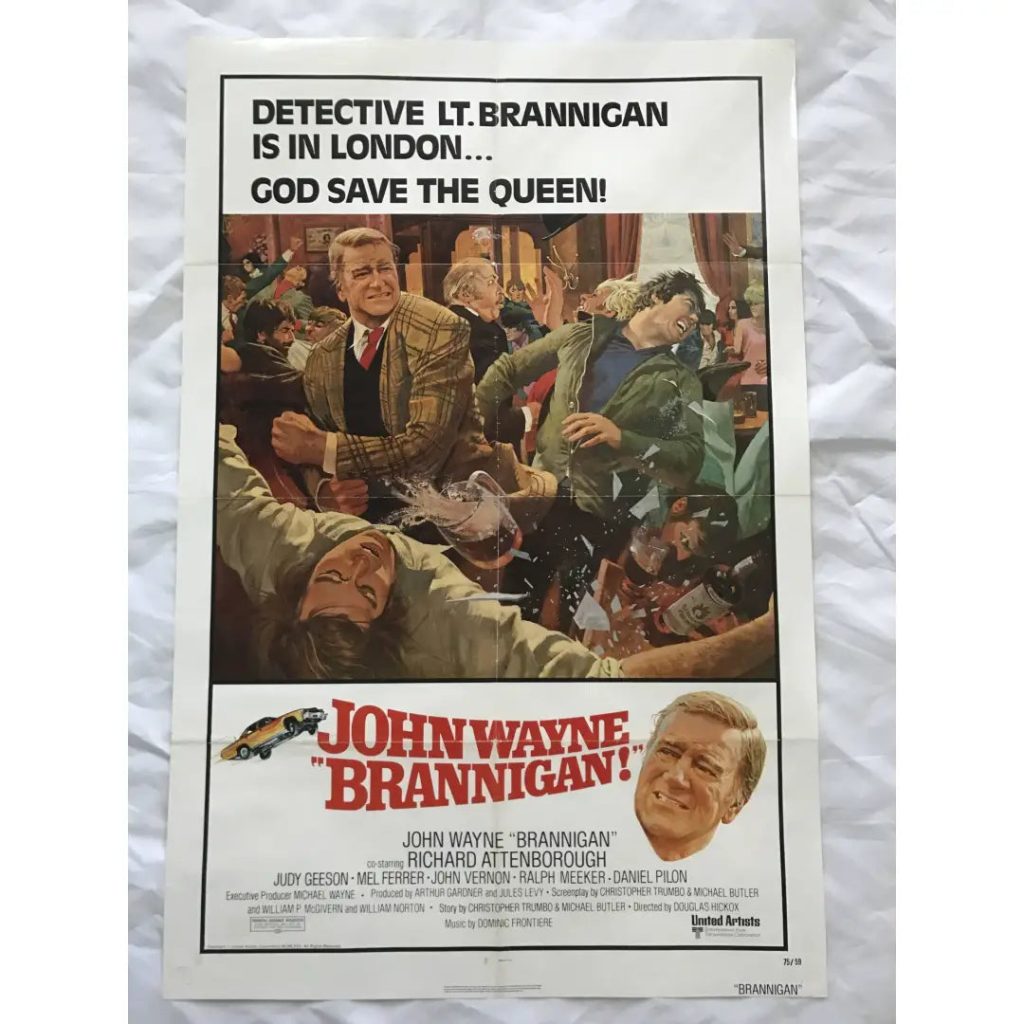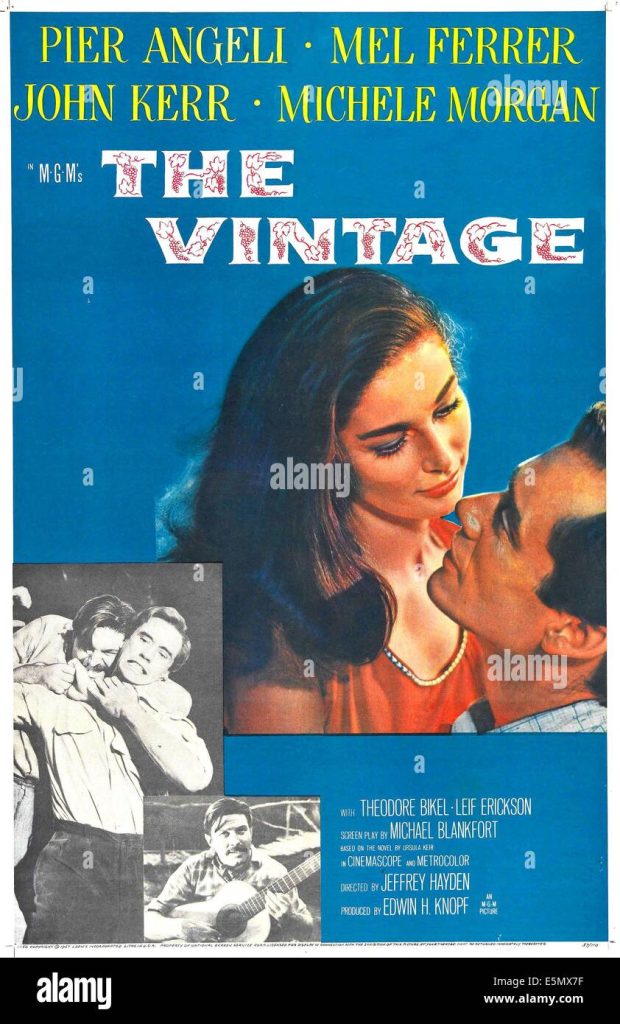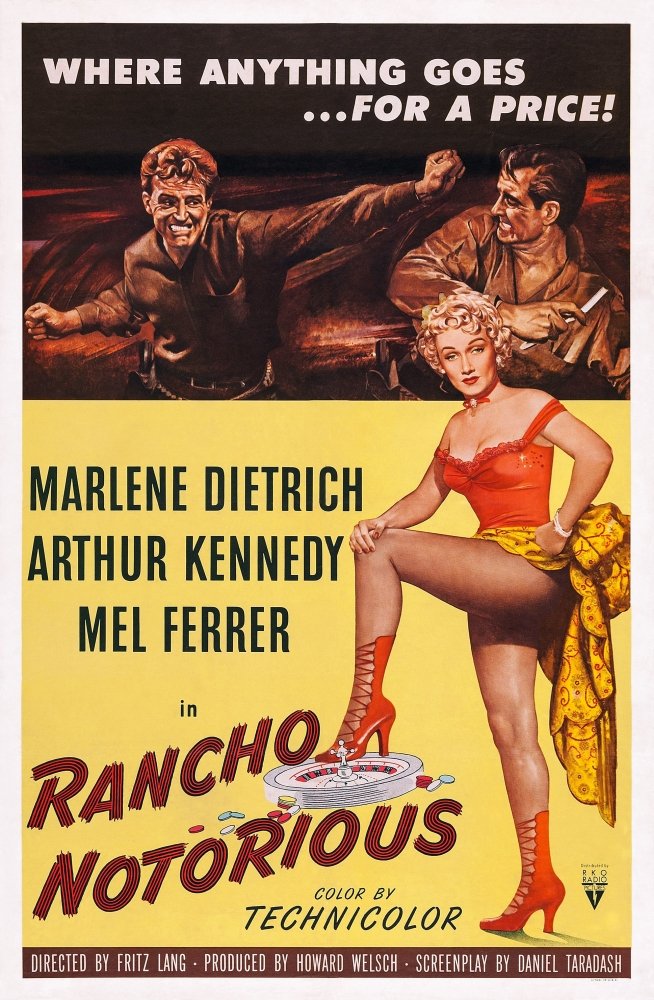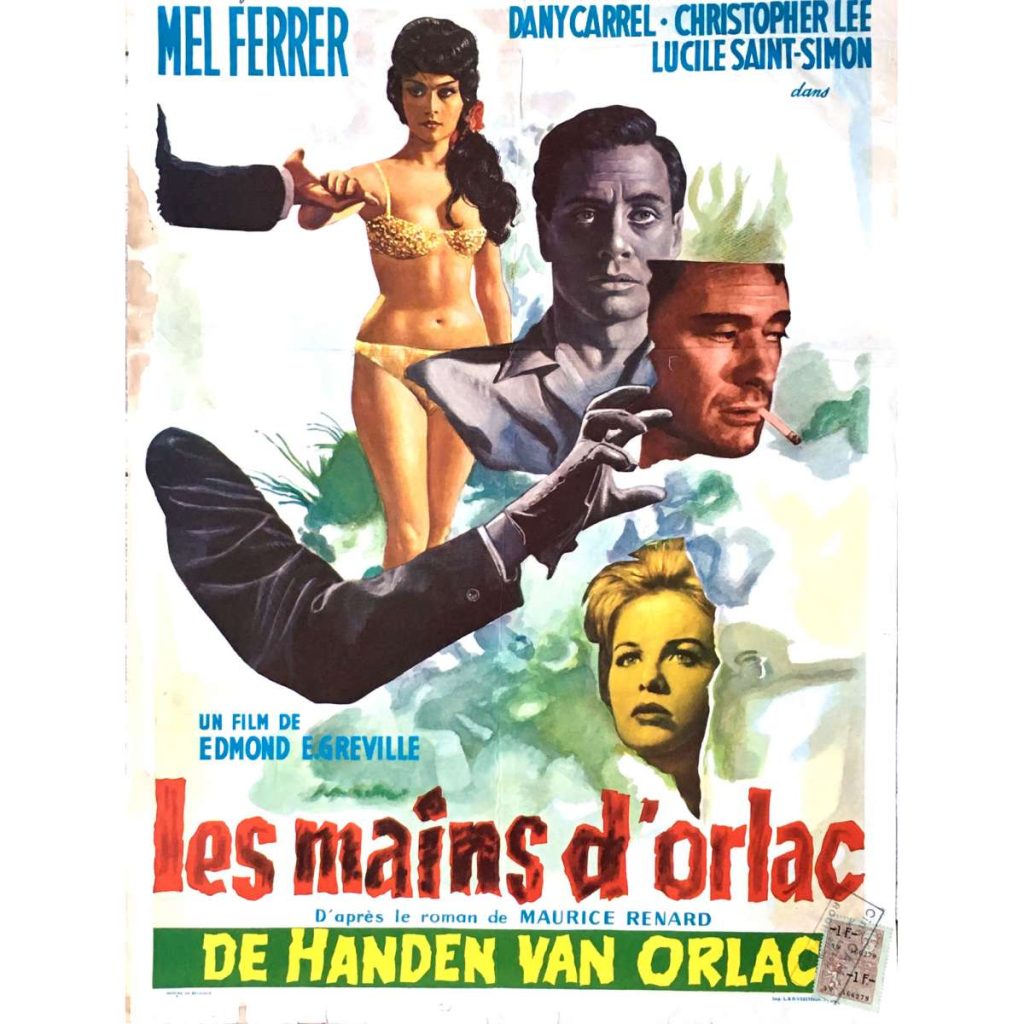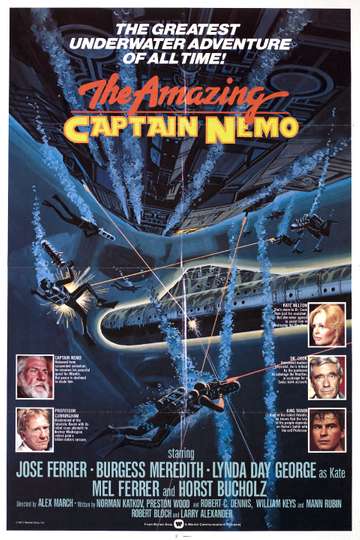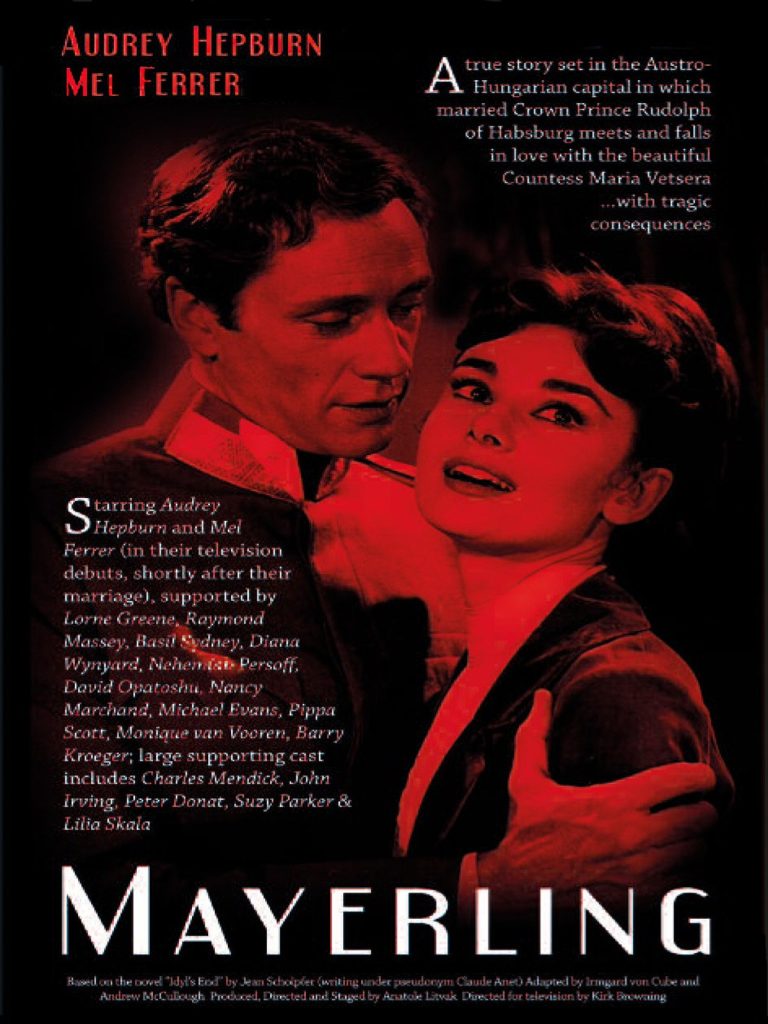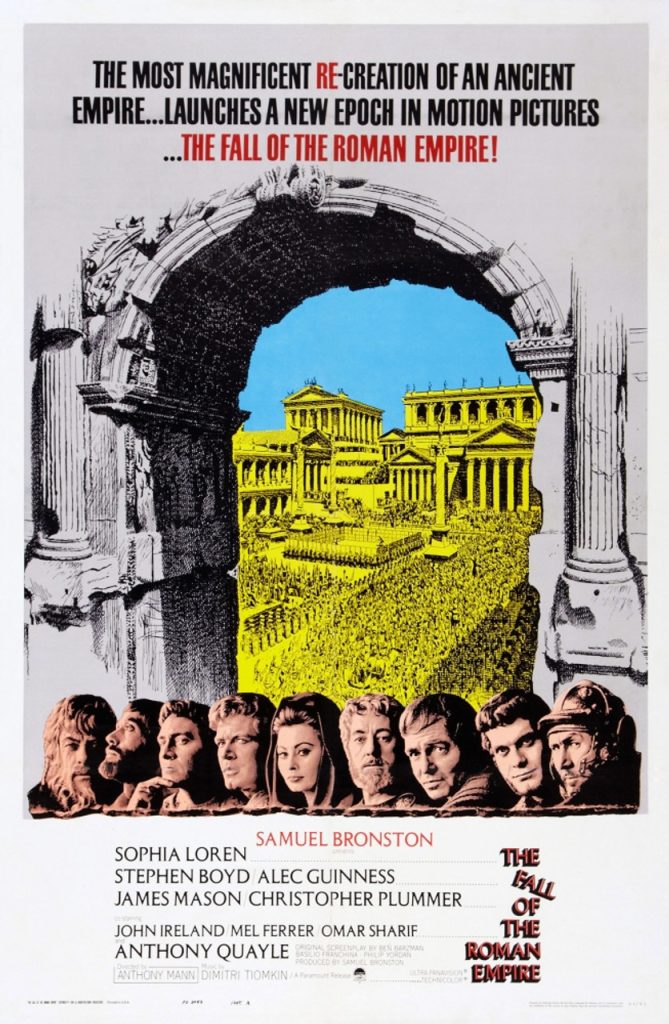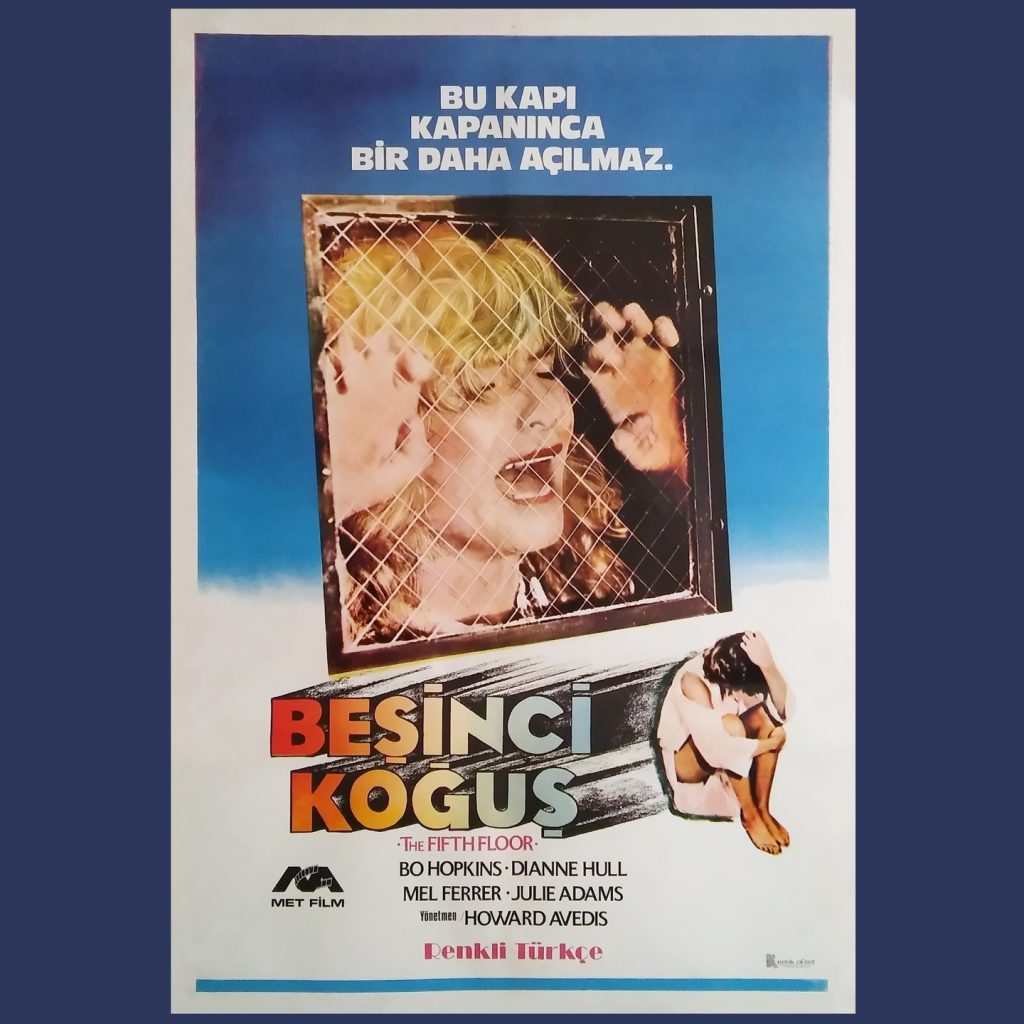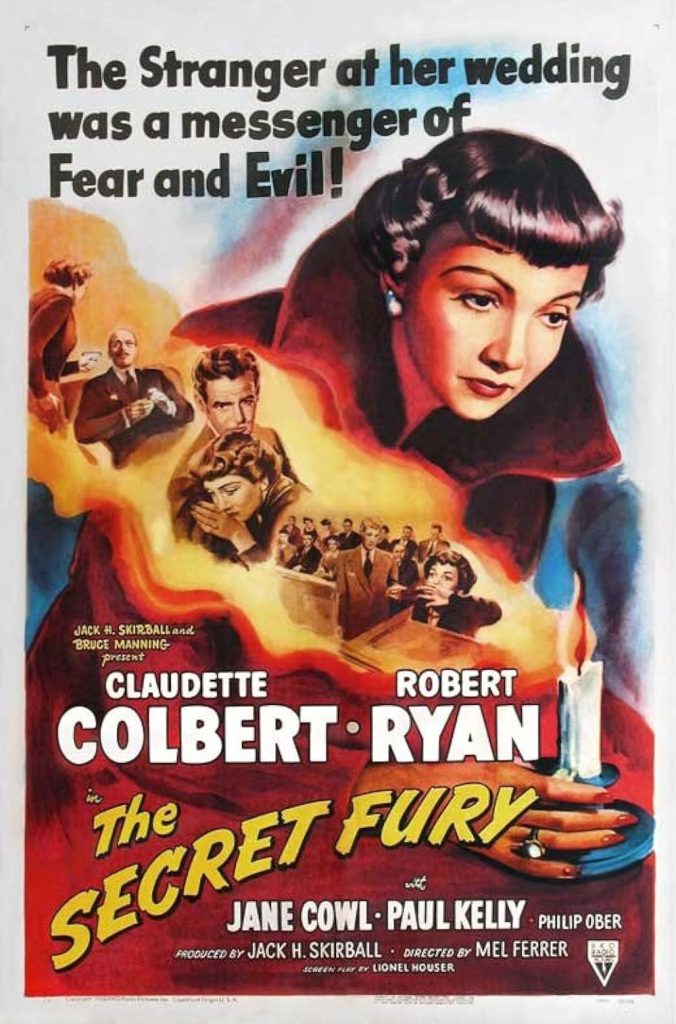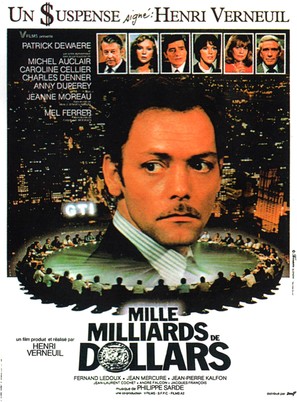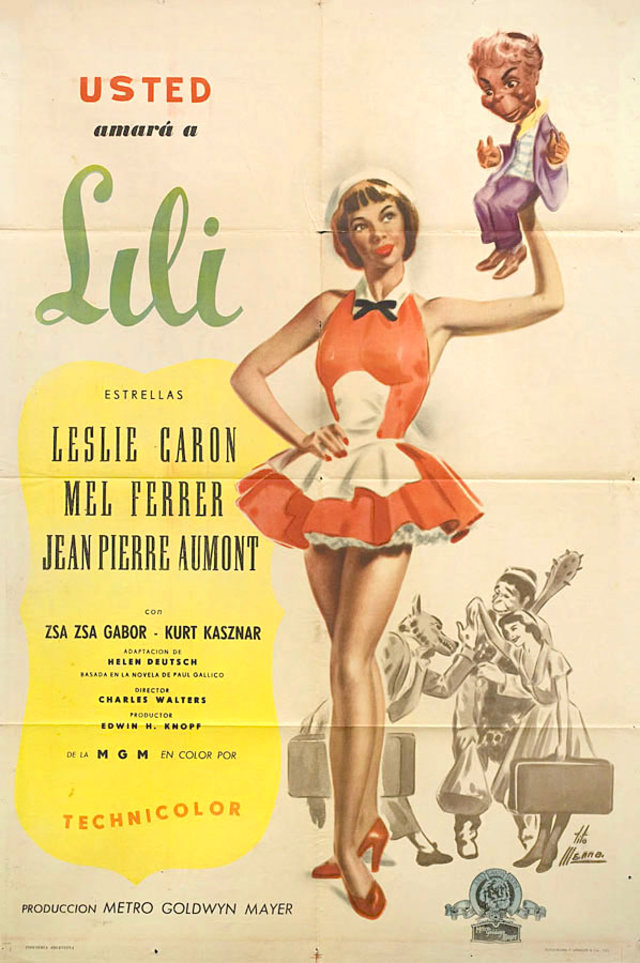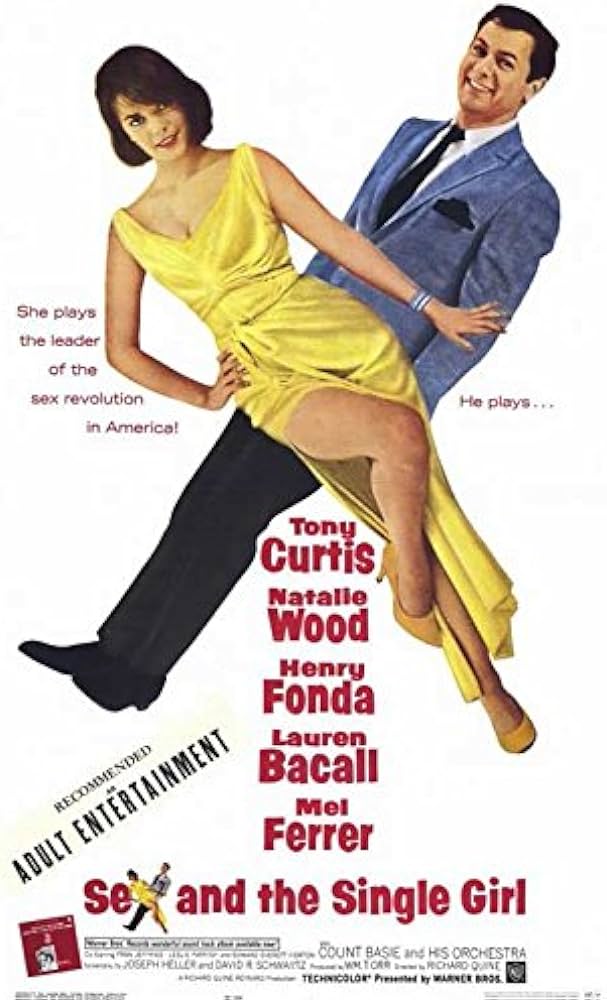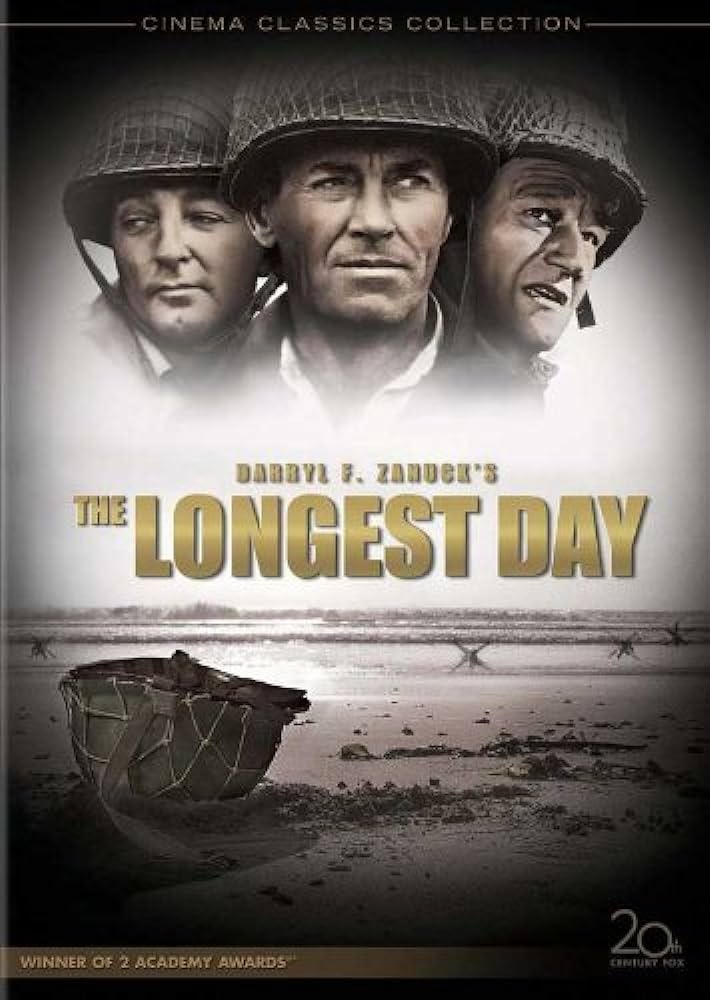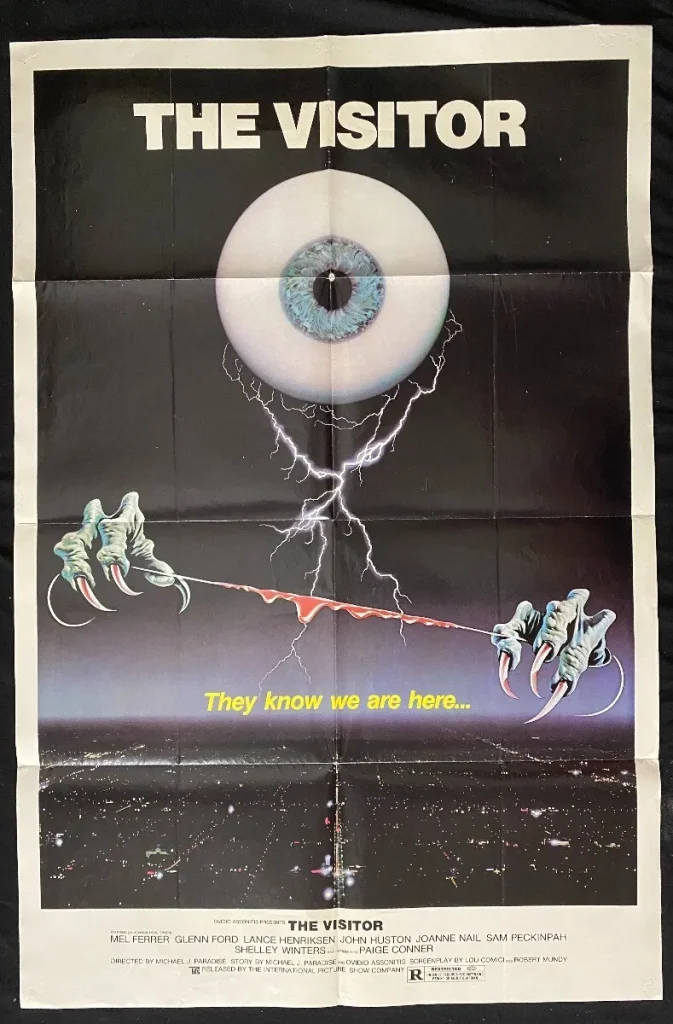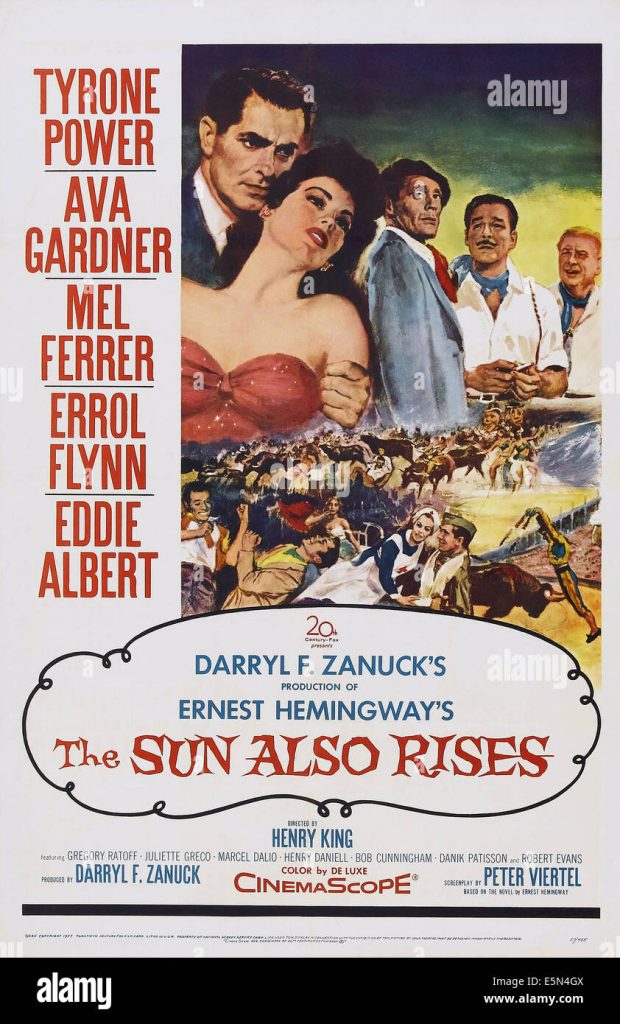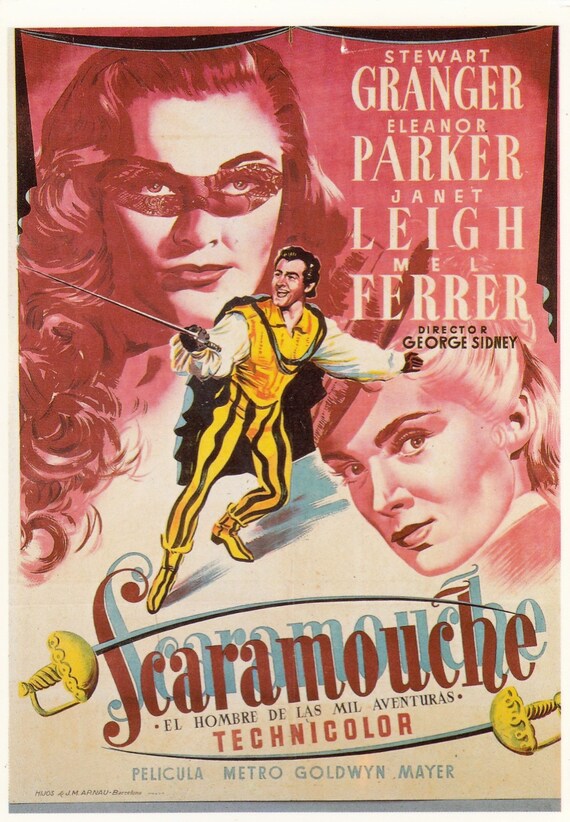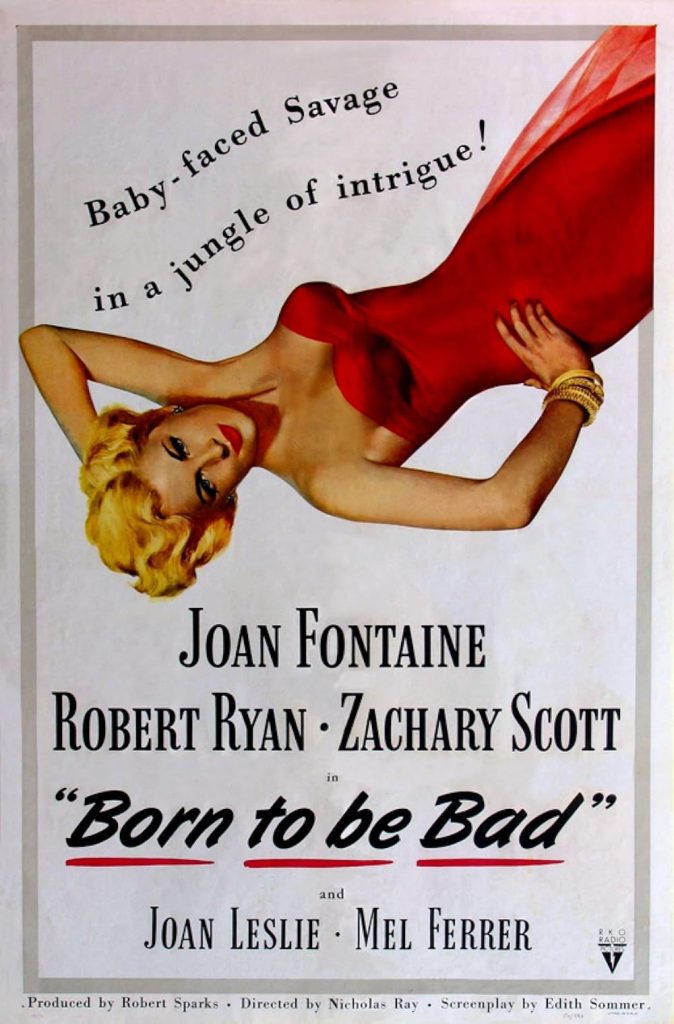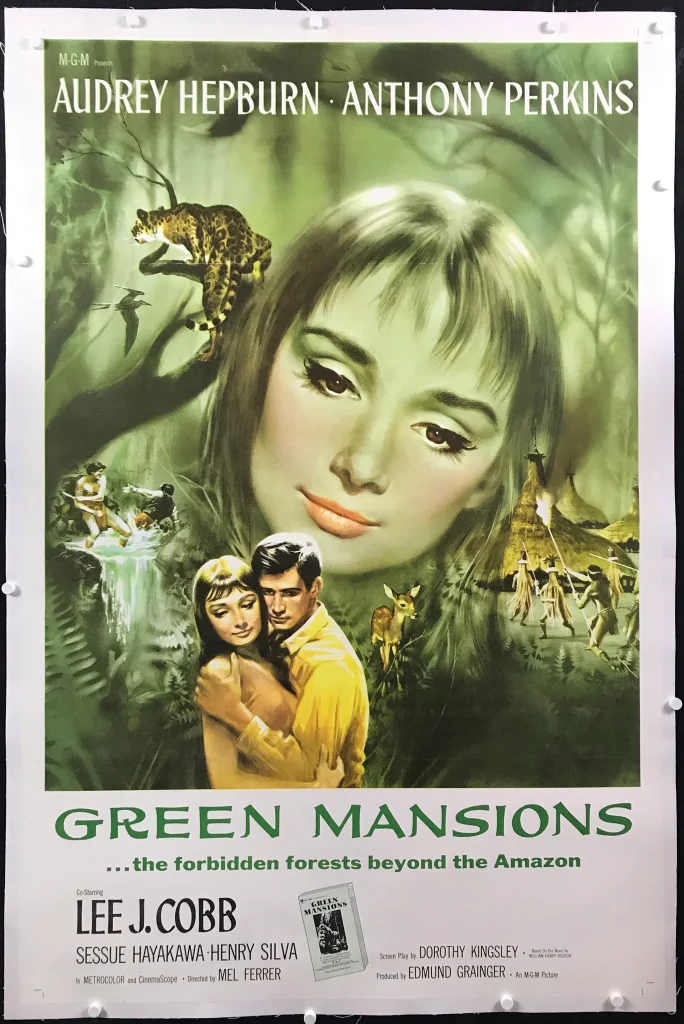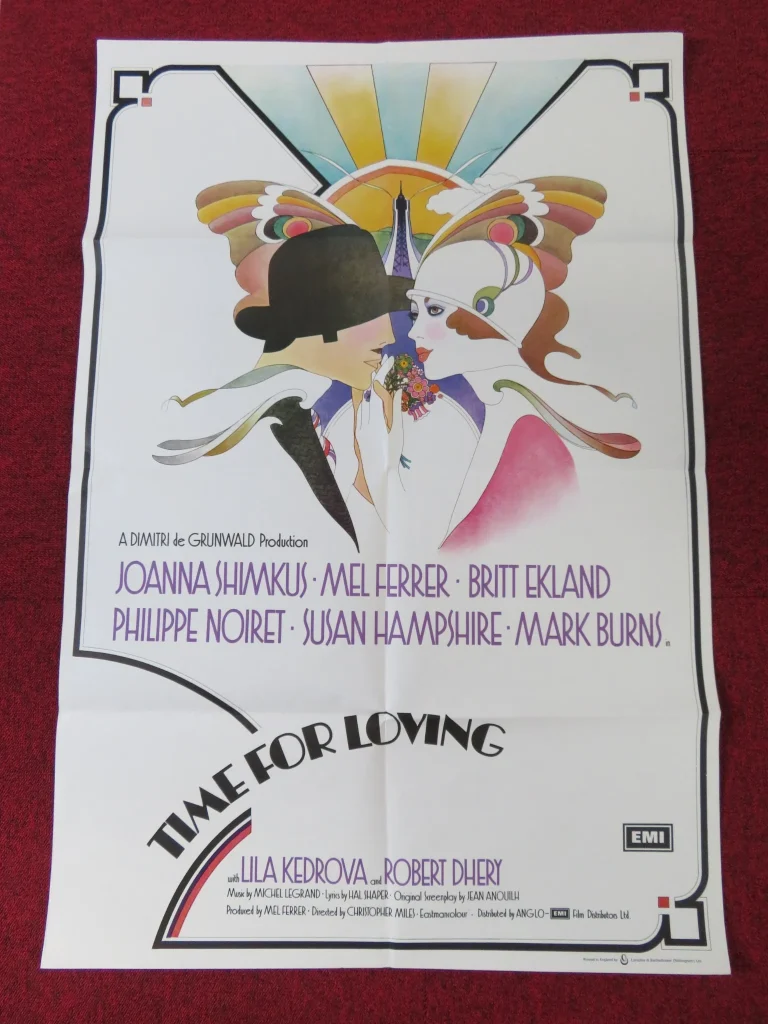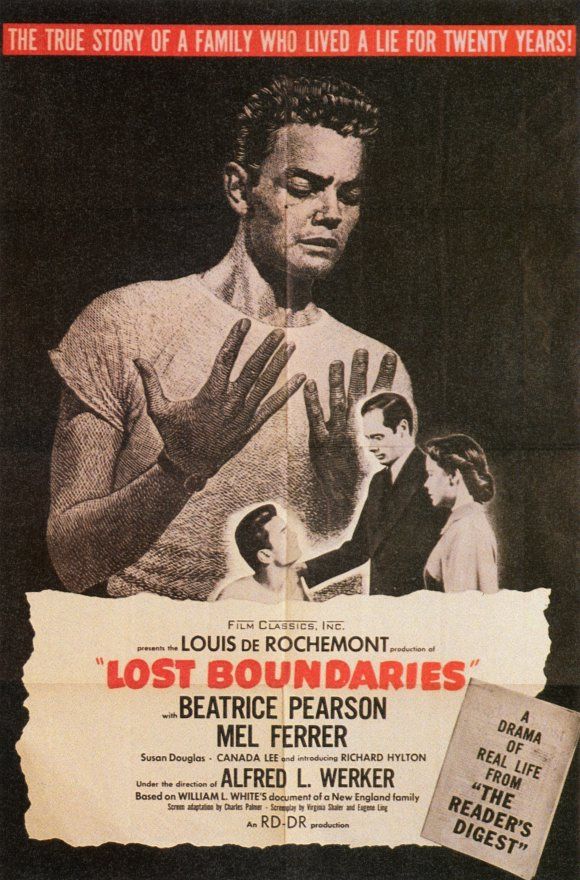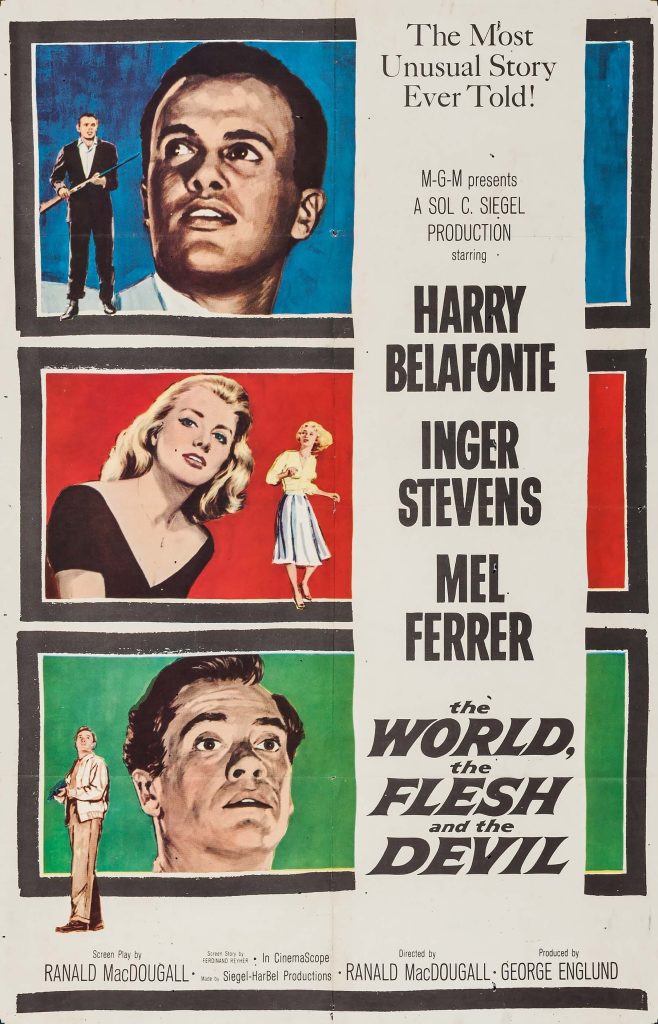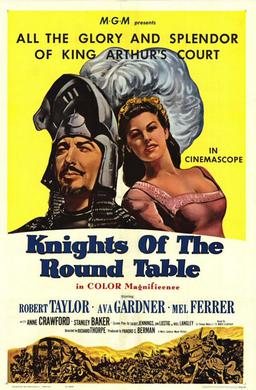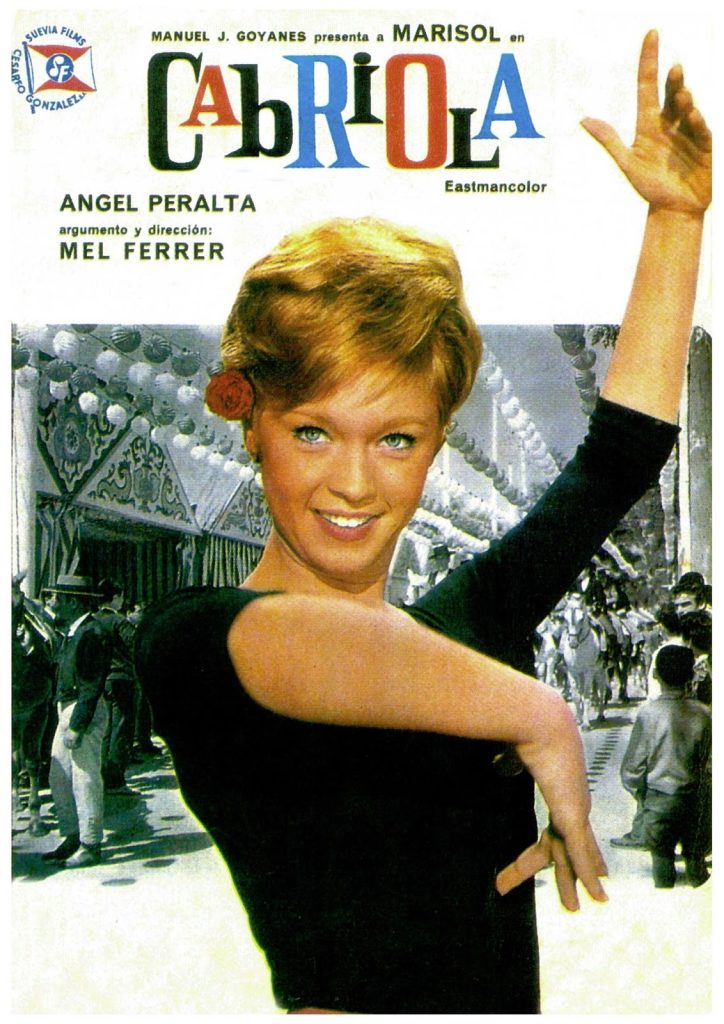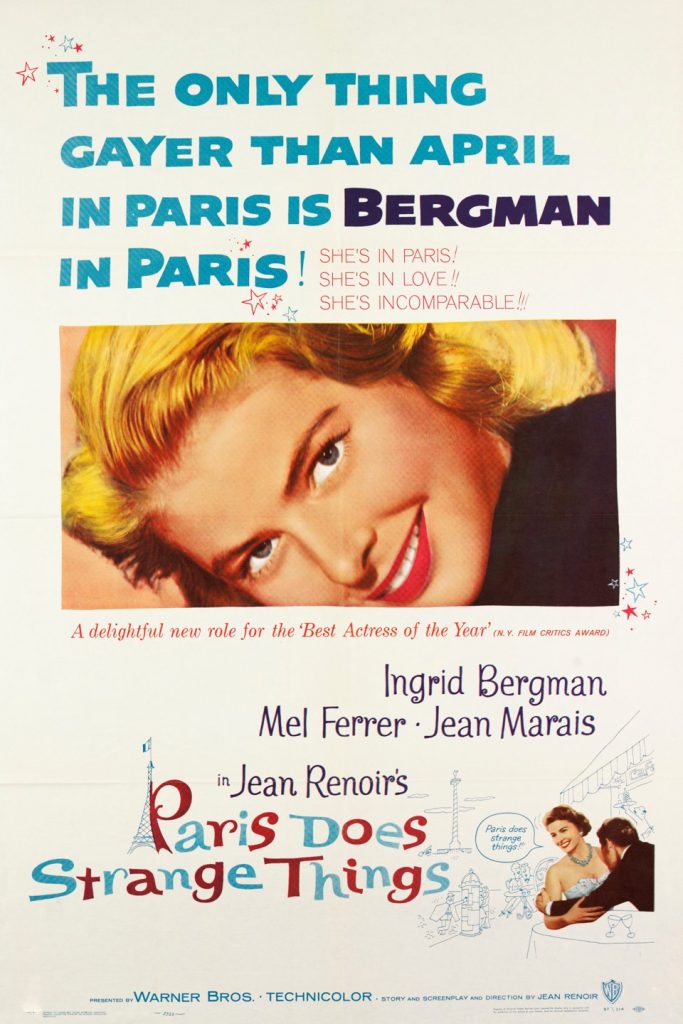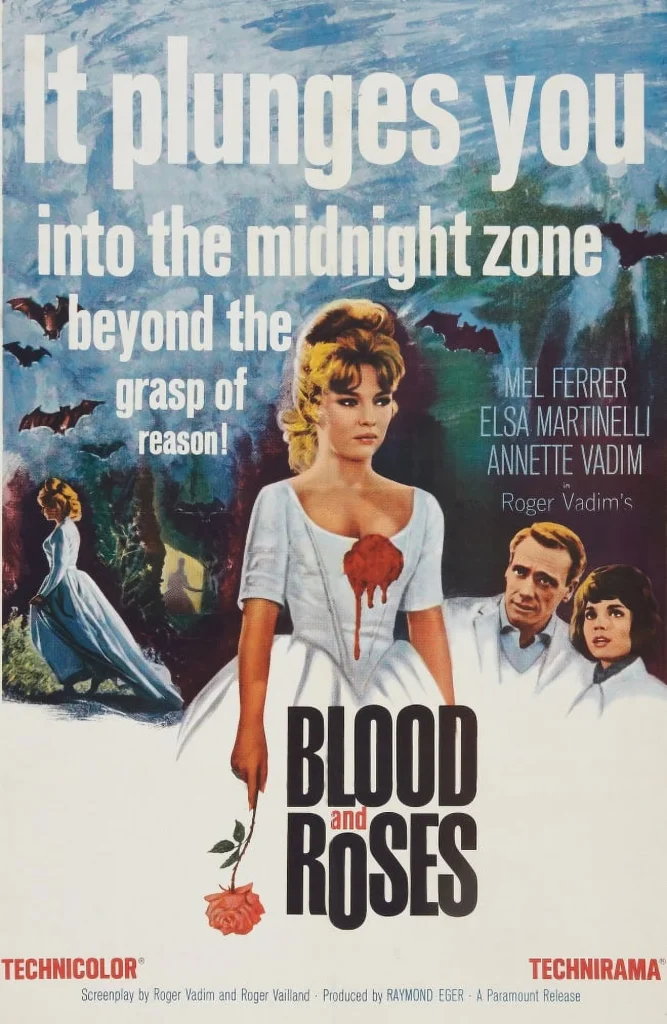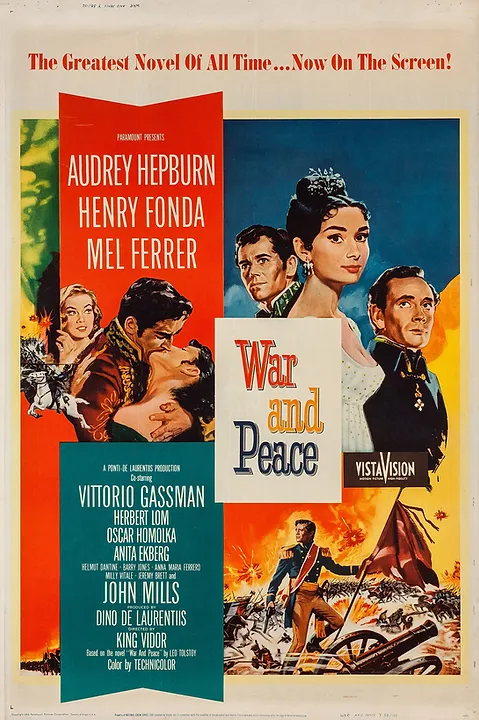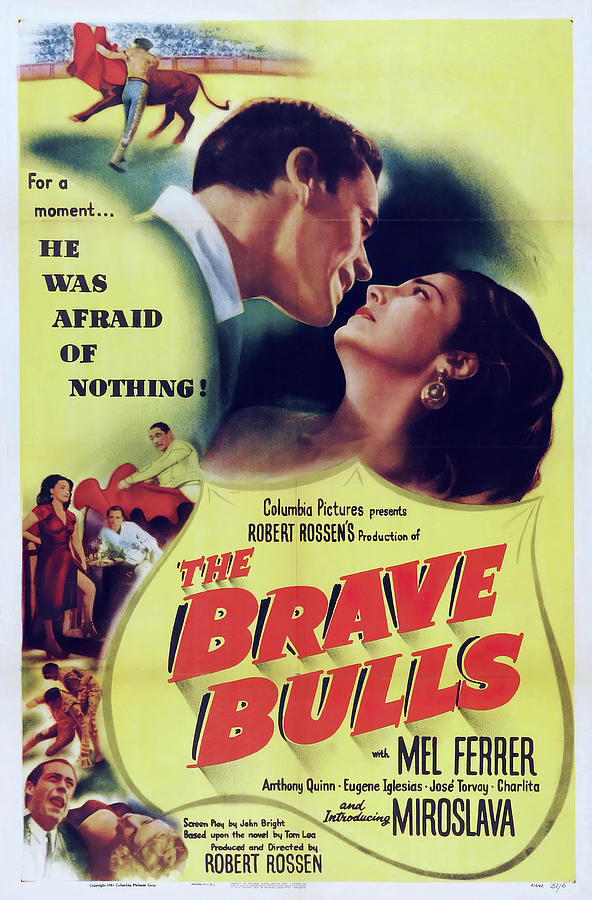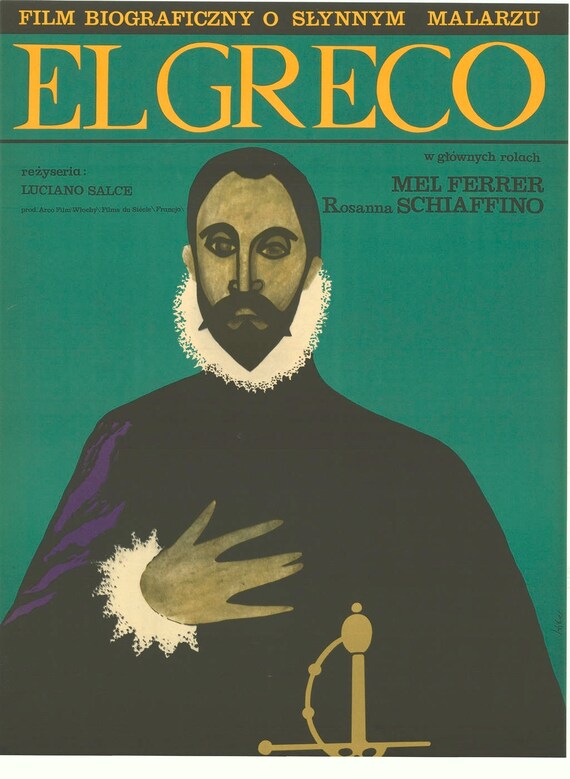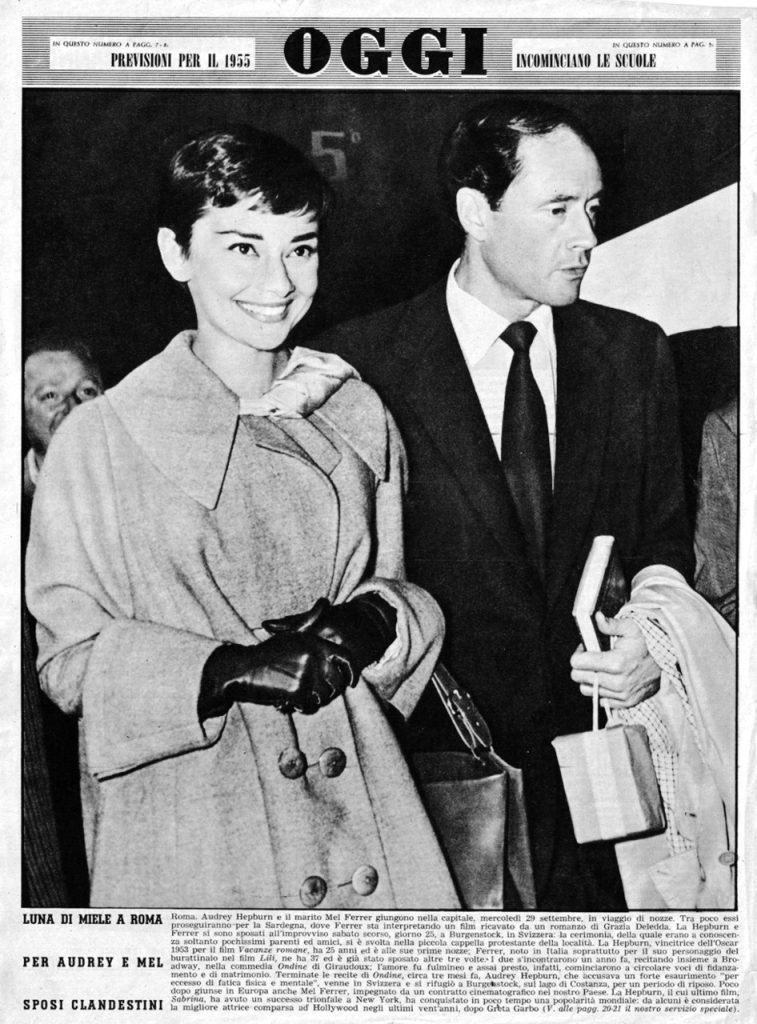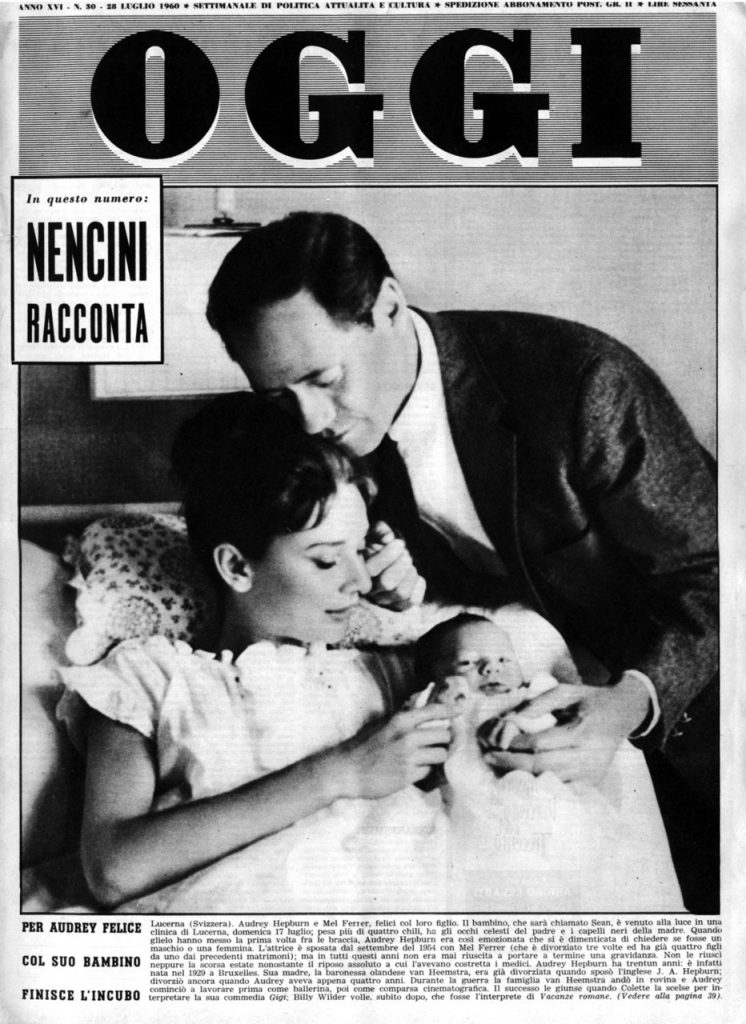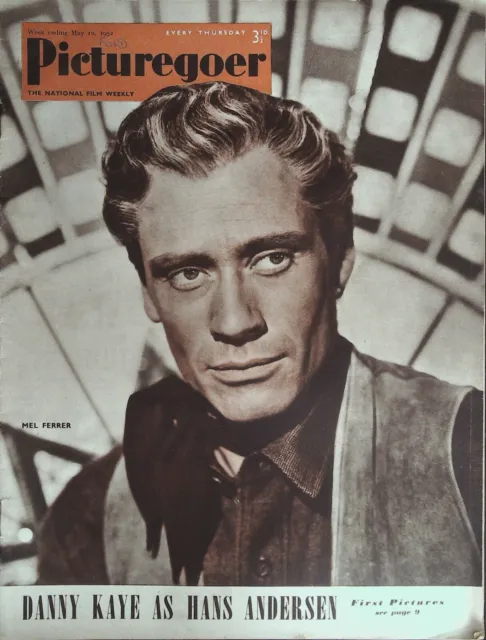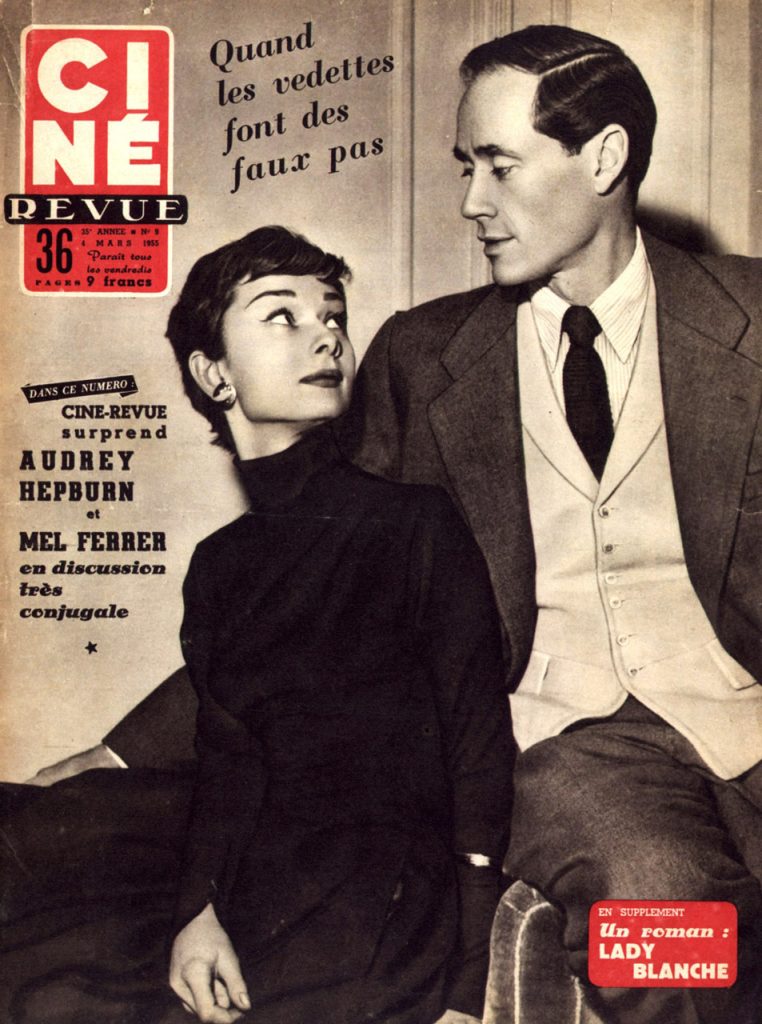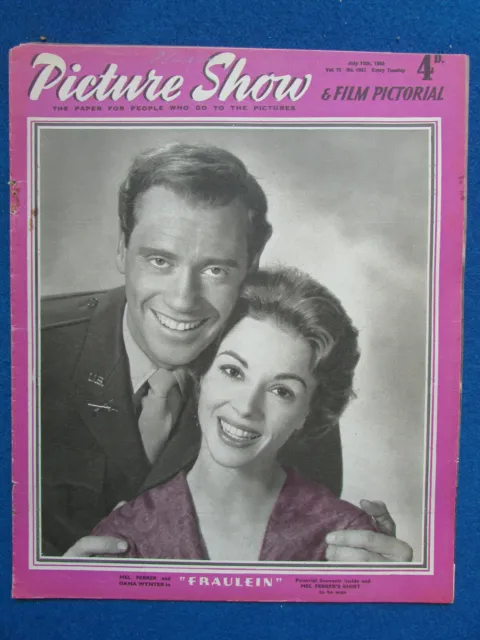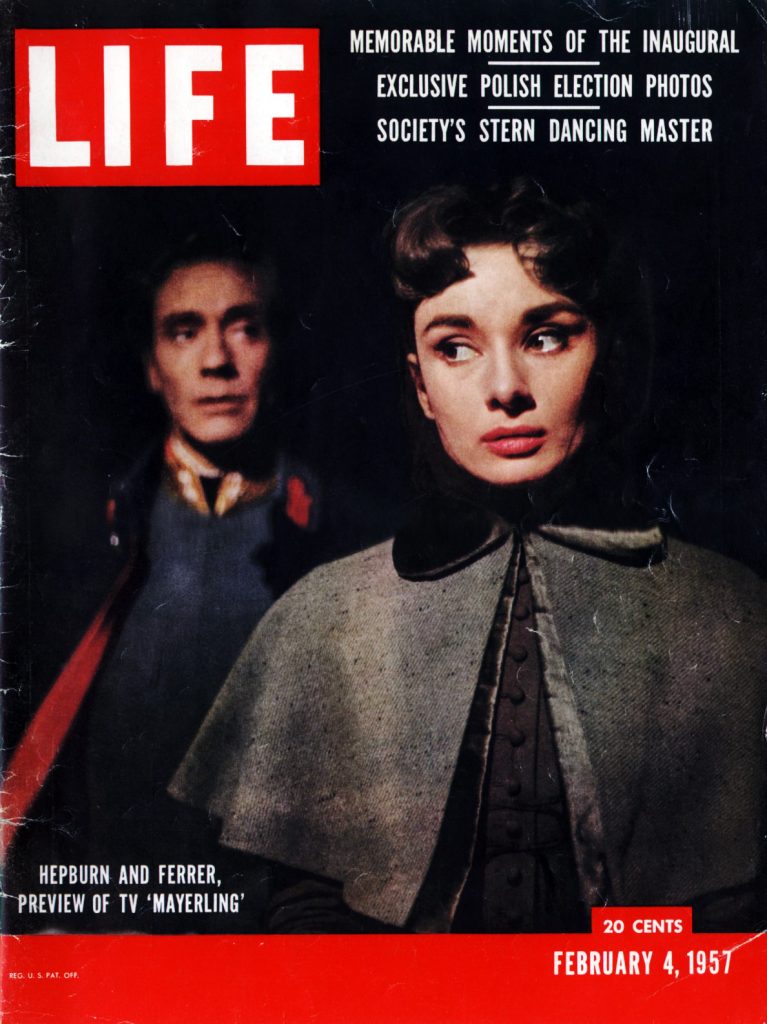







































Cliff Robertson obituary in “The Guardian” in 2011.
Cliff Robertson was born in 1923 in La Jolla, California. His first film credit in 1955 was the wonderful “Picnic” as Kim Novak’s boyfriend. He starred opposite Joan Crawford in “Autumn Leaves”. In 1962, John F. Kennedy chose him to play Kennedy in the was drama “P.T. 109”. He won an Oscar for his performance in 1968 for “Charly”. He most recently being in the “Spiderman” movies. He died in 2011.
Brian Baxter’s “Guardian” obituary:
The actor Cliff Robertson, who has died aged 88, had many claims to fame, among them being selected by President John F Kennedy to portray him in the 1963 film PT 109 and an Oscar-winning performance in the title role of Charly in 1968, plus a successful directorial debut with JW Coop in 1971. But it was his role at the centre of a Hollywood scandal involving the misappropriation of funds by producer David Begelman at Columbia Studios that brought Robertson additional – and unwanted – celebrity, adversely affecting his subsequent career.
Following a tax demand in 1977, he discovered that he had supposedly been paid $10,000 by the studio. Knowing this to be untrue, Robertson took the matter further. His action led to an internal inquiry, followed by a police investigation and court proceedings that rocked not just the studio but Hollywood in general, as it uncovered wide-ranging corruption and lax accounting proceedings. Although Robertson’s action was simply the springboard for the investigation, his refusal to back down earned him enemies among the Hollywood elite.
Born in La Jolla, California, Robertson came from a wealthy ranching family. His parents divorced when he was a child and he was adopted by his maternal grandmother, growing up within a strict Presbyterian environment that shaped his values. He determined to become an actor while at Antioch college, Ohio, and headed for New York and the Actors Studio. The inevitable round of jobs – including taxi-driving – followed, plus theatre work including Late Love (1953), and television shows, notably a long period in a children’s serial, Rod Brown of the Rocket Rangers (1953-54).
In February 1955, he appeared in Joshua Logan’s play The Wisteria Trees, and shortly afterwards Logan offered Robertson his first film role, opposite William Holden in Picnic (1955). Logan, who had a keen eye for talent and handsome young men, made a sexy, though overblown, movie from William Inge’s play. Its popularity led to a Universal contract for Robertson and a good part as the young husband to a neurotic Joan Crawford in Autumn Leaves (1956).
Sadly, only the war movie The Naked and the Dead (1958) and Samuel Fuller’s Underworld USA (1961) were of note among his immediate credits. In the latter, a revenge movie, Robertson had one of his meatiest roles as Tolly Devlin, who hunts down his father’s murderers.
Even though PT 109 (1963) was not a major hit, the endorsement from Kennedy to play him as a heroic navy lieutenant helped Robertson’s career. The best of the many roles that followed was as the overly ambitious rival to Henry Fonda in The Best Man (1964), a political thriller written by Gore Vidal and tautly directed by Franklin Schaffner. It offered the kind of literate, spiky characterisation at which Robertson excelled.
The character found an echo in the witty, if talkative, The Honey Pot (1967), where he was cast as Rex Harrison’s mendacious secretary. Unfortunately few such sinister roles came his way, and he was more often in routine fare such as 633 Squadron and The Devil’s Brigade. He also worked steadily on television, and in 1958 had played the alcoholic PR man in Days of Wine and Roses, though was passed over in favour of Jack Lemmon when the 1962 film was made.
After comparable success in the 1961 TV drama The Two Worlds of Charlie Gordon, he astutely bought the rights to the play. It took seven years for him to get backing for a movie version, but eventually his role in Charly as a man with learning difficulties who is operated on and becomes a genius – only to regress again – won him the best actor Oscar, among other awards. He spent considerable effort and money in a publicity campaign and won, admittedly against modest competition, as much for his determination and decency as for his anguished performance. This boost to his career led to roles in Robert Aldrich’s Too Late the Hero (1970), in which he co-starred with Michael Caine, and the intriguing western The Great Northfield Minnesota Raid (1972).
By then he had gained enough clout to direct JW Coop, which he co-wrote, produced and starred in, as a rodeo rider newly released from prison and trying to adjust to society. Stronger on character and small-town atmosphere than narrative, it was an intelligent movie and a modest commercial success.
He followed it with more TV, which included A Tree Grows in Brooklyn (1974) and Return to Earth (1976), playing Buzz Aldrin. There were decent movies such as the thriller Three Days of the Condor (1975) and Brian De Palma’s revamp of Hitchcock’s Vertigo, called Obsession (1976), although Robertson lacked the inner anguish to play the obsessed husband. After The Battle of Midway (1976) and the lavish mini-series Washington: Behind Closed Doors (1977), his career seemed secure. It was then that the Begelman scandal broke.
After his initial disclosure, the studio had hoped the matter could be hushed up, but Robertson’s intransigence led to an ongoing investigation, bringing to light more fraud and financial misdealings. When film projects were cancelled thanks to pressure being put on producers, Robertson once again retreated to television, with Overboard (1978); the following year he set up his own production of The Pilot (1980), which he also co-wrote and directed, while playing the central role of a commercial pilot battling with alcoholism. It had a small cinema release in the US and went straight to TV in Britain.
There was little work until a television movie, Two of a Kind (1982), then a long run as Dr Ranson in the popular series Falcon Crest. He played Hugh Hefner in Star 80 and a supporting role in the sex comedy Class (both 1983). Two years later, during the resurgence of the New Zealandfilm industry, he went there to star in the caper Shaker Run (1986).
He then worked steadily in television and the cinema, averaging two films a year. This allowed him time for his enthusiasms, tennis and skiing, and for flying, which had been his passion since his teens. Few of the movies were of great note: he played the president in Escape from LA (1996), but was demoted to vice-president in Mach 2 (2001).
Although he notched up relatively few credits in the following years, he was probably seen by larger audiences than at any time during his long career when he was cast as Ben Parker – the hero’s elderly uncle – in Sam Raimi’s Spider-Man (2002) and its sequels. Despite his liberal politics and refusal to play the Hollywood game, he had proved himself to be a survivor in a business he described as unstable – “rather like trying to stand up in a canoe with your pants down”.
He was twice married and twice divorced, and is survived by a daughter, Stephanie, and a granddaughter.
• Clifford Parker Robertson, actor, born 9 September 1923; died 10 September 2011
The above “Guardian” obituary can also be accessed online here.


